Evacuating my Life in Records - in 15 minutes... PART 2
Choices and Reflections from the Los Angeles Wildfires of 2025
Time was a-ticking…
I pivoted to my rock, jazz and film music shelves. There were records I had already picked out in my head and I rushed to those first.
The Beatles Mono box would have to stay, but that was okay. My favorite Beatles record is Abbey Road anyway, and I only have the MoFi plus later Canadian and Japanese pressings. This would be one to re-buy later - maybe even finally track down an OG, one of my grails. But the Stones are another story.
I had been visiting the UK one summer when my daughter was little, so this was probably the late 90s/2000s, and I always made a point of stopping by Ben’s Collectors Records in Guildford, a marvelous used record store that’s still there.
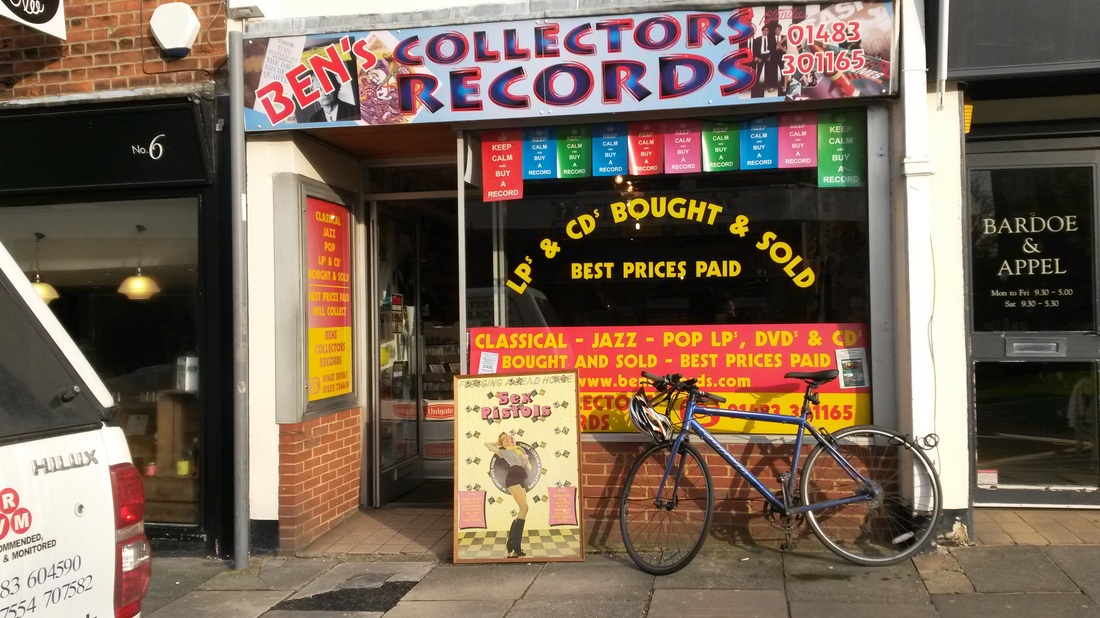
I was thumbing through the “Collectables” bin and this appeared.
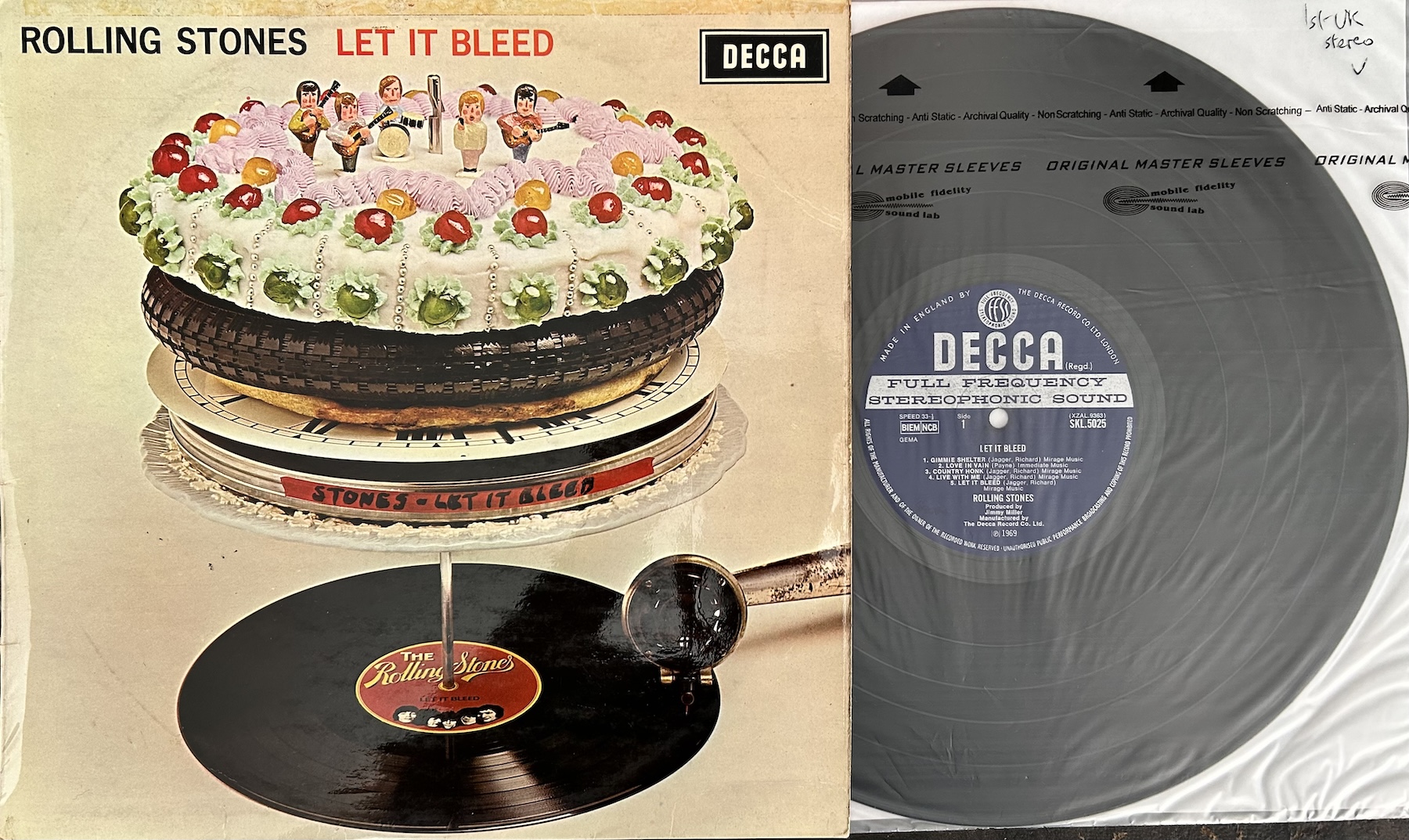
It was an early Decca Stereo wide-band pressing, I knew how hard it was to find clean copies of this. I took a close look. The record’s surfaces looked scuffed up and messy, but I didn’t see any visible scratches. I was also familiar enough with Decca records of this vintage to know that these marks on the vinyl might not “sound” after a good cleaning.
The price, unbelievably, was 5 pounds (at that time about $8).
I grabbed it. Once back home, after a good cleaning, it played perfectly. The Stones are in the room, with the guitars of Keith Richards, Mick Taylor and Ry Cooder especially lifelike. No way I was leaving this record behind.
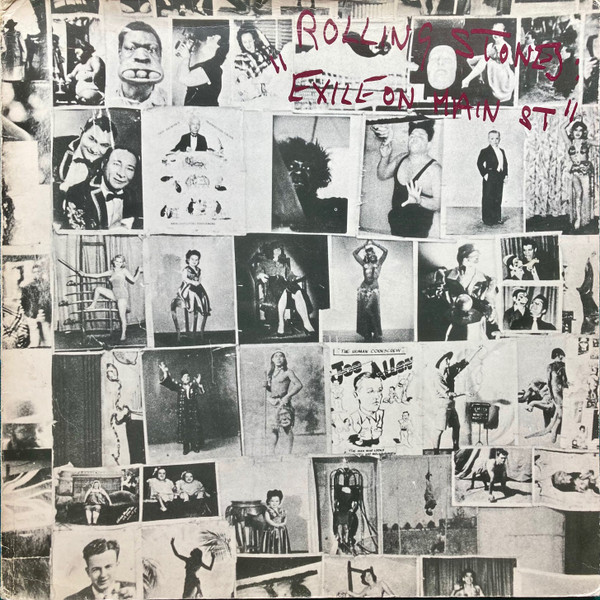
Likewise the Artisan pressing of my favorite Stones album, a record I had been playing obsessively since university days. My cassette dub was frequently blaring from the stereo of my first car. I had gone in search of this pressing many years ago after reading about it in the original Tracking Angle magazine issue about the Stones records. I have several different pressings of this double LP, and I frantically did a quick scan to select the Artisan version.
Now I was confronted with a decision that was as much a mercenary one as it was musical: my Classic Records 200gram pressings of the Led Zeppelin catalogue. I had bought a full run of these when they were originally released.
Zeppelin has never been my favorite band, but these reissues are incomparable in terms of sound - and fiendishly expensive on the used market. Over the years I have become especially fond of III and Physical Graffiti.
These are heavy bulky records, but I simply had to take some of them - I opted for II, III, IV and Physical Graffiti.
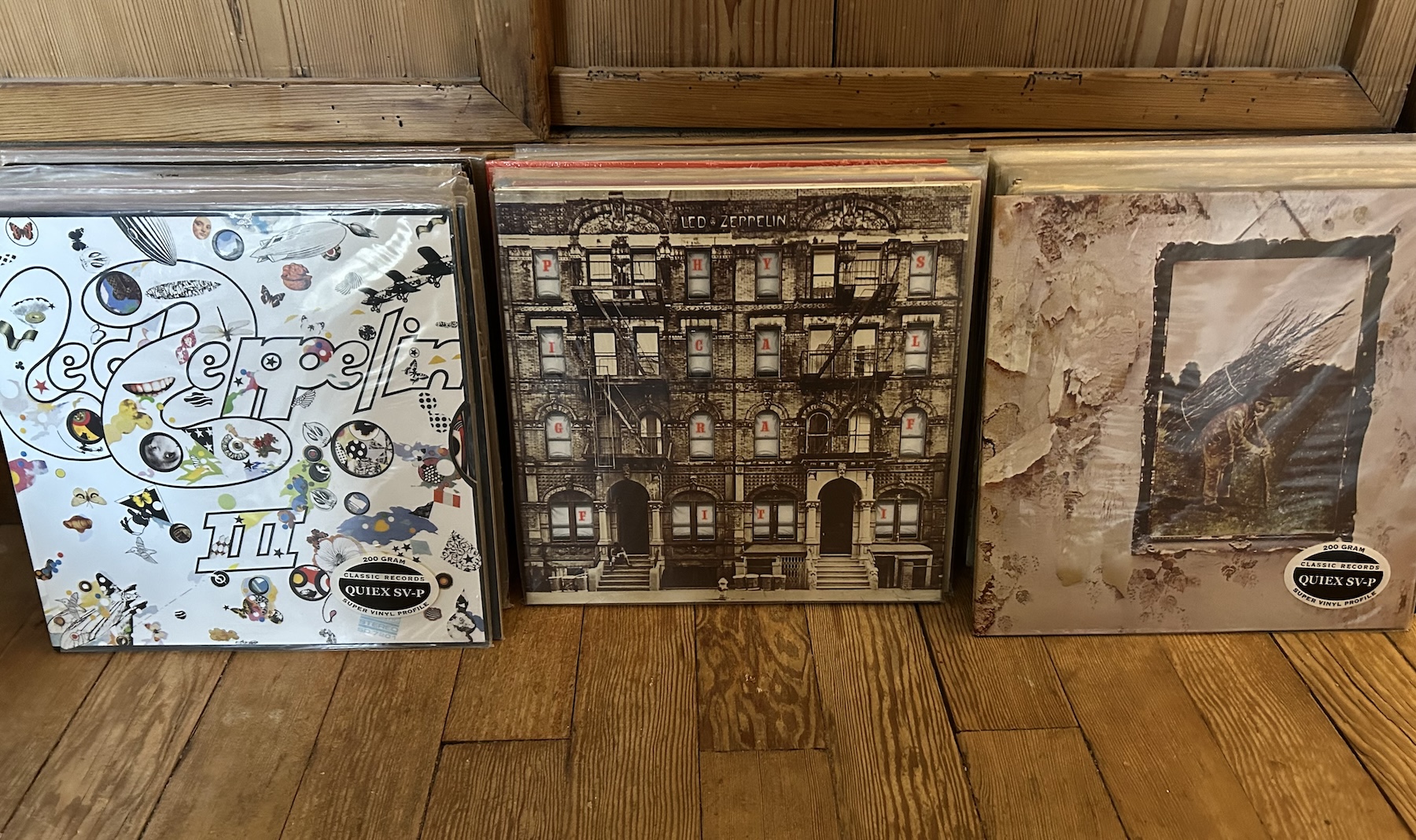
But my favorite “Zeppelin” record is actually the album Robert Plant and Jimmy Page did together in 1994, No Quarter. Recorded with a range of world musicians as well as a core group, this reinvents the Zeppelin catalogue brilliantly. I treasure my OG US 2LP pressing, which is very expensive on the used market. It wasn’t on the shelf where it should have been - and I still haven’t found it. I know it’s somewhere, but I was heartbroken I couldn’t add it to the pile. (Still haven't found it... Grrr!)
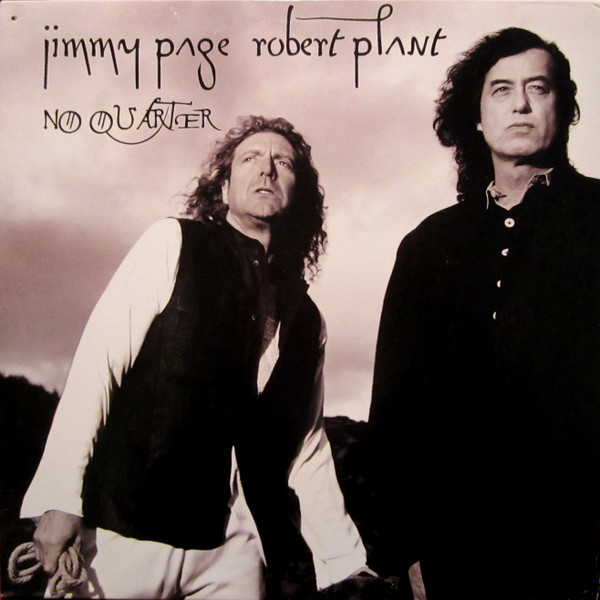
To compensate I decided to grab the hard-to-find vinyl of my favorite of Plant's solo albums of the last decade, which includes his spellbinding cover version of Silver Rider (originally by the band Low). This European pressing sounds awesome and is beautifully presented on three sides with an etched design on the fourth.
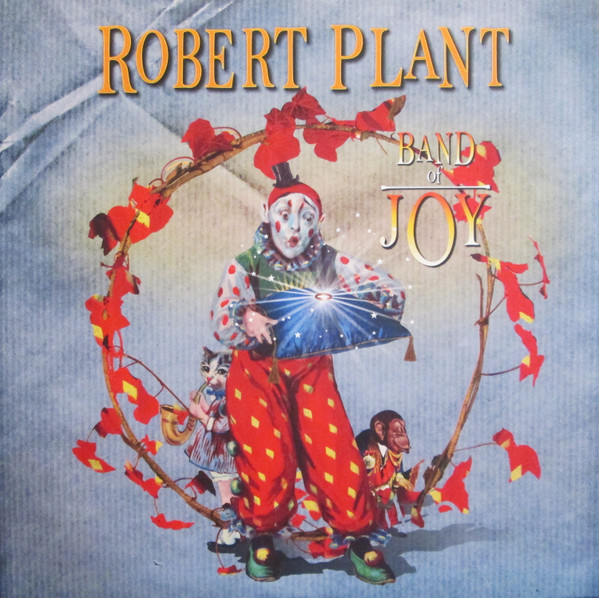
I was confronted with the weight/bulk problem again with my run of all the Classic Records reissues of the Peter Gabriel catalogue. Gabriel is one of my favorite artists, and these reissues wipe the floor with any other versions. (I also have the 45rpm cuts of the first five albums). If I had to restrict myself to one album it was going to be 4 (aka Security). It was watching a documentary about this album on British TV that first got me into his music back when this was released in 1982, and alerted me to the notion that you could approach pop music as seriously as classical composers, and that you could craft sound in the studio as creatively as experimentalists like Stockhausen - but in the pop realm. This led me directly to start working in pop music in a studio for a few years, which ultimately played a role in bringing me to the US as a music and drama producer for National Public Radio.
Musically and sonically, Peter Gabriel’s catalogue remains one of the most distinctive and satisfying of any rock artist - and this doesn’t even include his work with Genesis.
So initially I put only album 4/Security on the pile, but with 3, Us, Passion, and Up alongside, just in case I had time to carry them all out to the car.
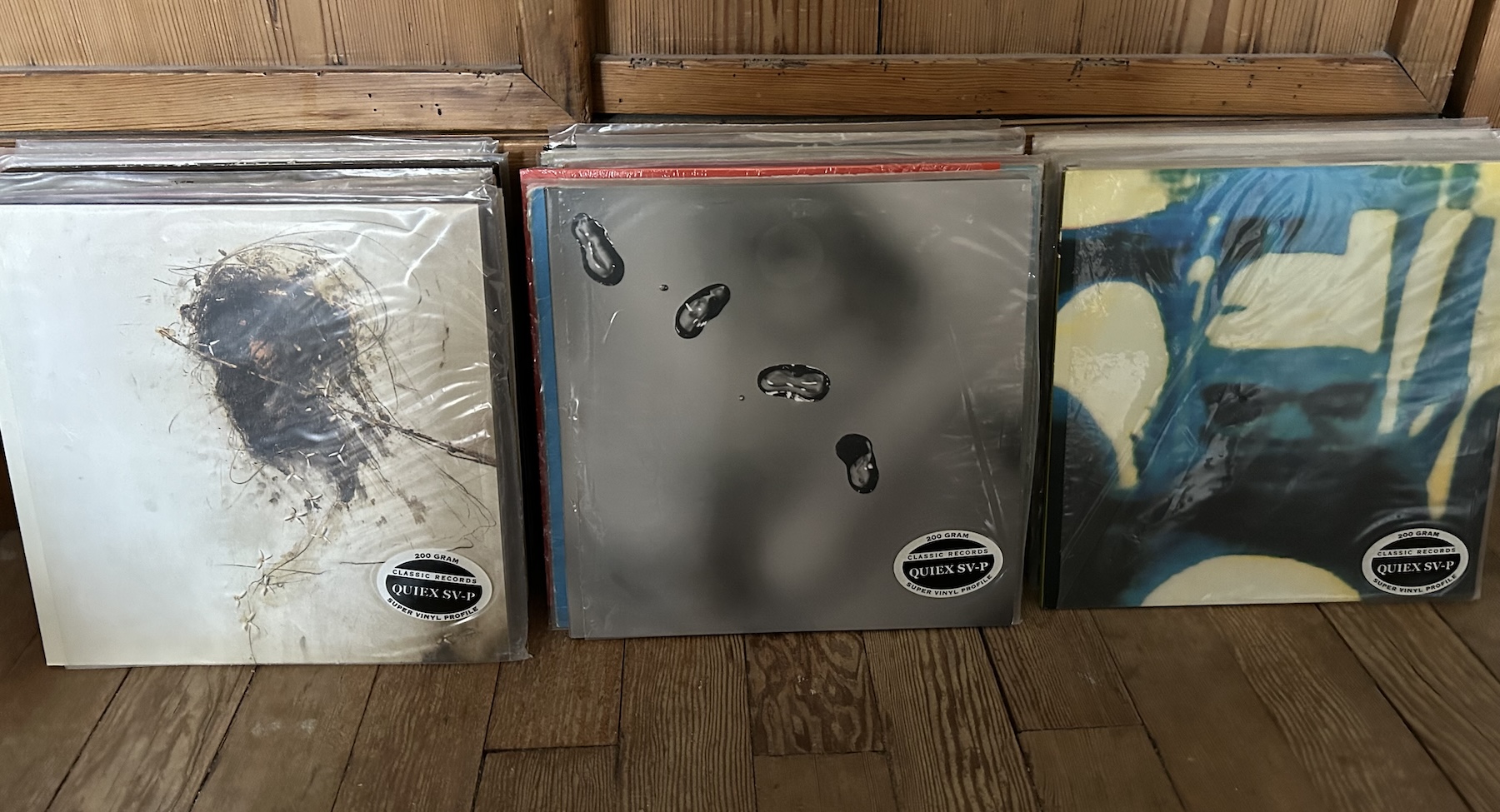
Now I was getting to two of my favorite rockers where hard choices would have to be made.
First up, Elton John.
If I had to I would forgo the Beatles and the Stones in favor of his catalogue on my desert island. He is simply one of the greatest melodists in the history of pop music, and his songs with Bernie Taupin are very special indeed.
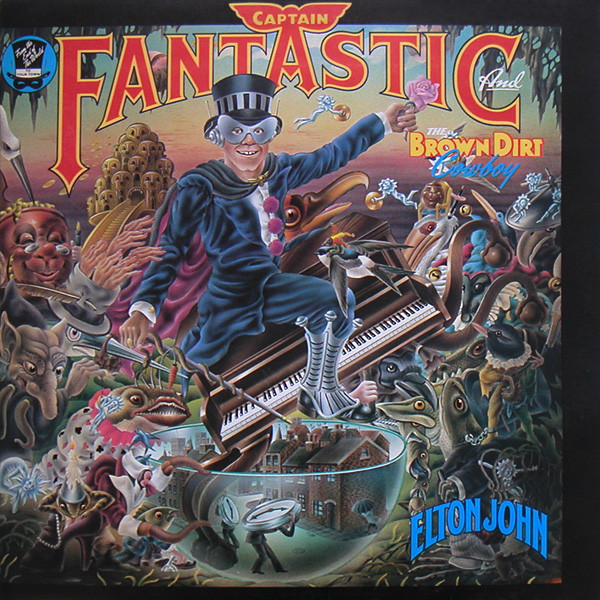
The one album I definitely had to take was Captain Fantastic and the Brown Dirt Cowboy, which I own in not a first, but a close to first UK pressing that sounds exquisite. The overlapping acoustic guitars on the opening track are silken and glittery. The sound throughout is incredibly organic and inviting, with especially present drums. The production and engineering on all these Gus Dudgeon-produced Elton John records is amongst the best sonically of any era, and early UK pressings are the way to go if you can find clean ones. So I also set aside (in case I had time and room) my early UKs of Honky Château, Don’t Shoot Me I’m Only the Piano Player, Tumbleweed Connection. For Goodbye Yellow Brick Road it was the 1999 Speaker’s Corner reissue.
Next up, David Bowie.
I have been a pretty obsessive Bowie fan since my university days. I have first UK pressings of all the 70s and 80s albums, plus assorted later UK, US and Japanese pressings, and for the later albums I have first vinyl pressings when they were released, plus various reissues and, of course, all the massive box sets that gathered together his catalogue in the years after his death.
No way I could take even all my OG UK vinyl, not least because all these multiple copies were huddled together in no particular order and I didn’t have time to sort thru them. One LP I immediately grabbed: the EMI 100 AAA reissue of Hunky Dory, an incredible sounding record that bests the original UK. Then it was a question of just grabbing my favorites: Low, Heroes, Station to Station and Scary Monsters (and Super Creeps).
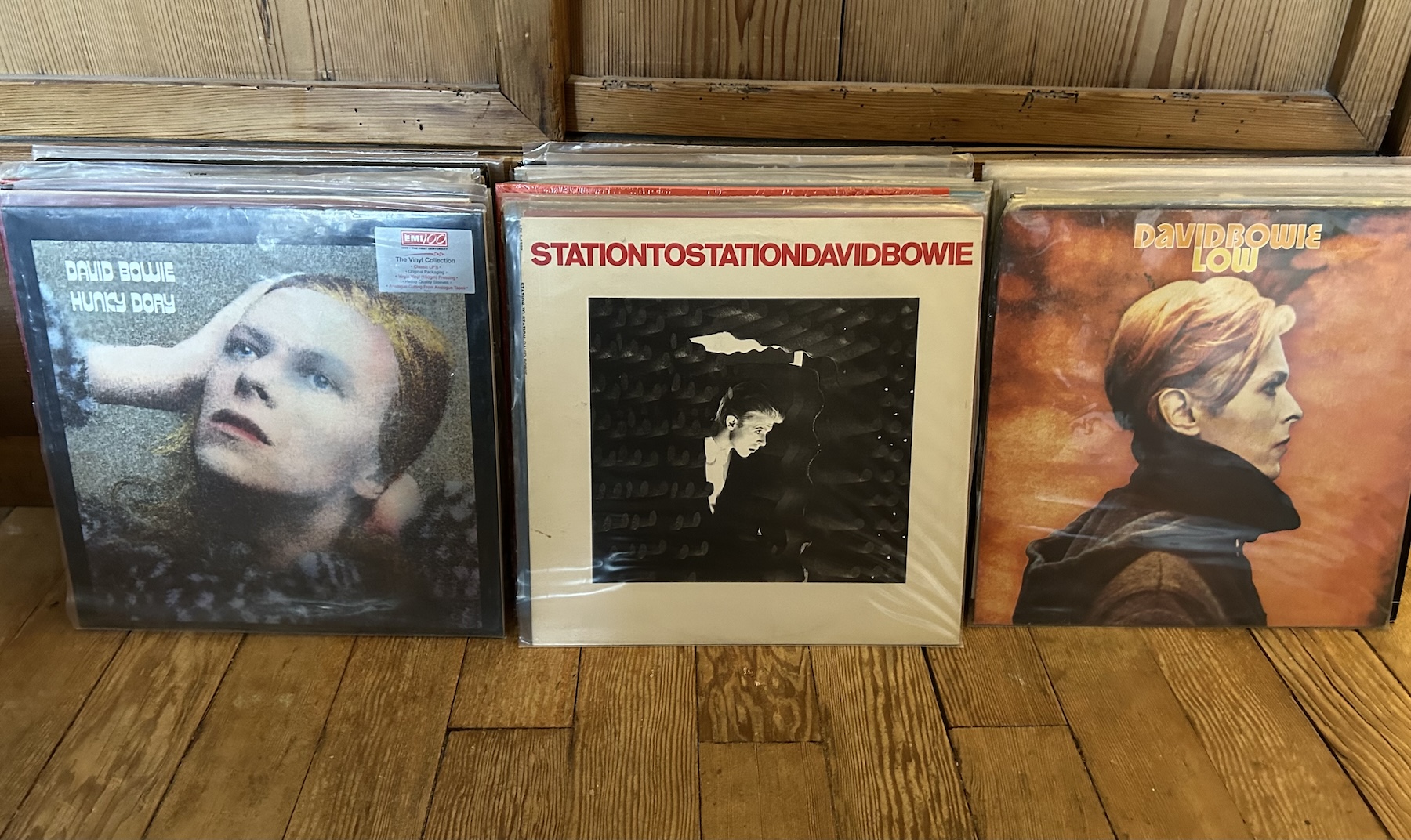
For the later catalogue (I especially love Heathen, Reality, Earthling) I could buy in-print reissues later. The same went for the excellent 2020 RSD release Changesnowbowie, in which he performs “unplugged” versions of his catalogue with his “Reality” tour band. I had seen one of these shows, and it was exceptional, and this record took me back. (When is someone going to do a release of material from his Sound and Vision Tour, which featured the virtuosic Adrian Belew on lead guitar).
Speaking of Adrian Belew, I am an obsessive King Crimson fan. I just saw Belew with fellow Crimson band-mate Tony Levin on the superb Beat Tour, reviving the 80s Crimson catalogue with Steve Vai filling in for Robert Fripp, and Danny Carey for Bill Bruford. It was a thrilling gig, suffused with a level of joy that I’ve never heard in any regular Crimson show.
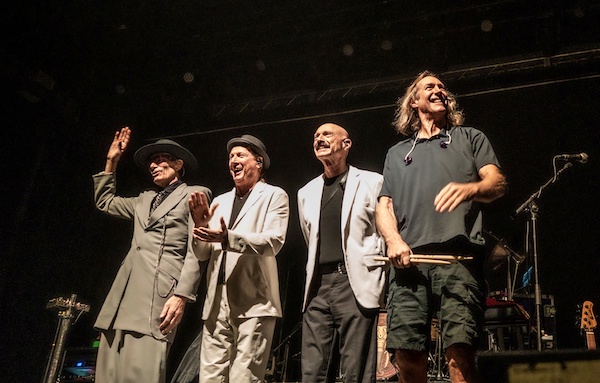 Beat tour: (from left) Steve Vai, Adrian Belew, Tony Levin, Danny Carey
Beat tour: (from left) Steve Vai, Adrian Belew, Tony Levin, Danny Carey
That kick-off to the 80s Crim - 1981’s Discipline - is in my Desert Island Top 10, so grabbing my UK OG was a no-brainer, along with a Polydor twofer of In the Court of the Crimson King and Lark’s Tongue in Aspic, plus a Polydor press of Red. (These Polydor reissues are very viable alternatives to the expensive UK Island originals).
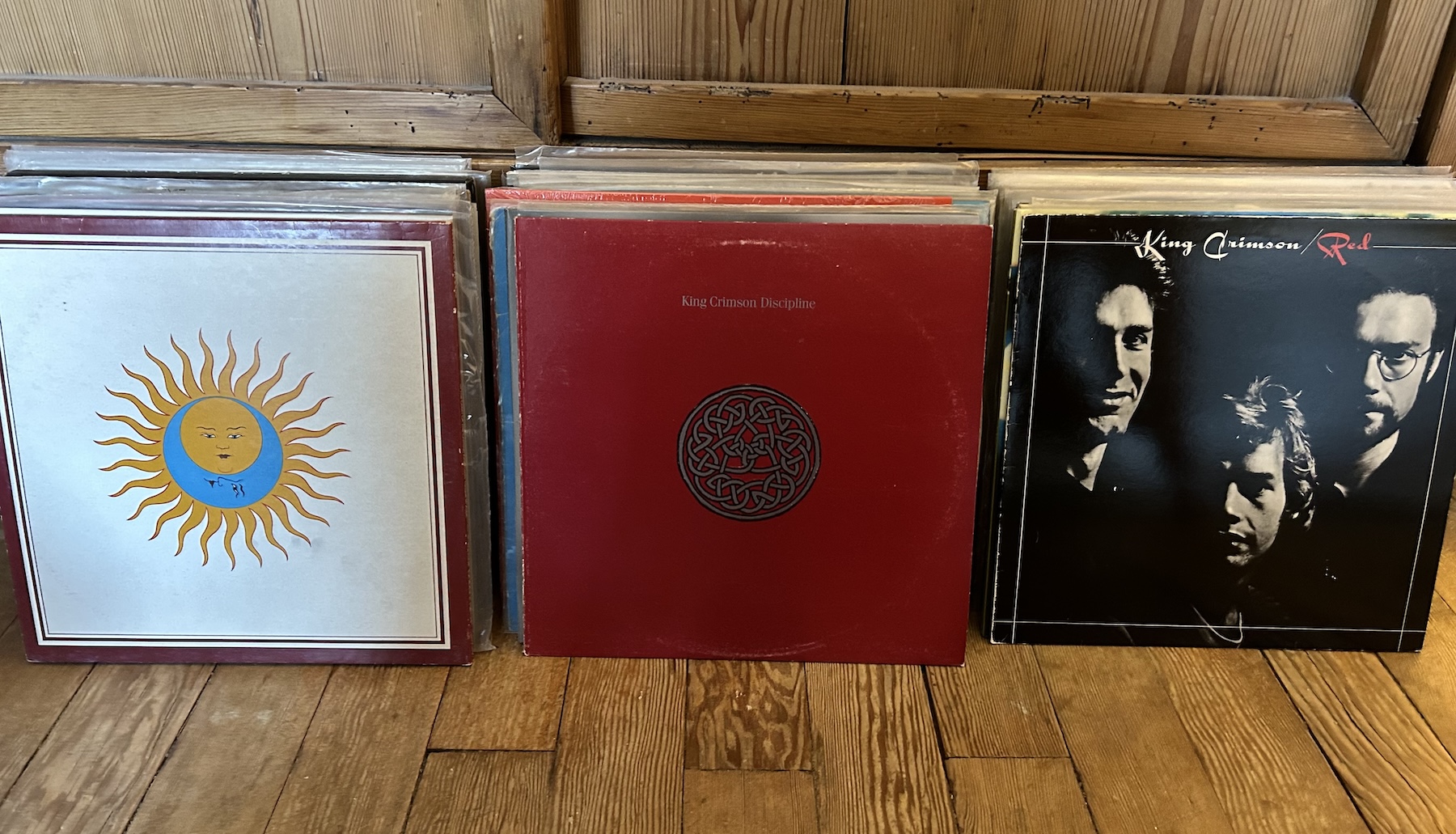
One more band remained that I was obsessive about: Kraftwerk.
I vividly remember the day I discovered these German electronic pioneers, whom many consider more influential than the Beatles! I had just turned 18, was at boarding school when one of my friends handed me a copy of New Musical Express, then the leading UK broadsheet about music. The cover story was about Kraftwerk’s new album, Man Machine.
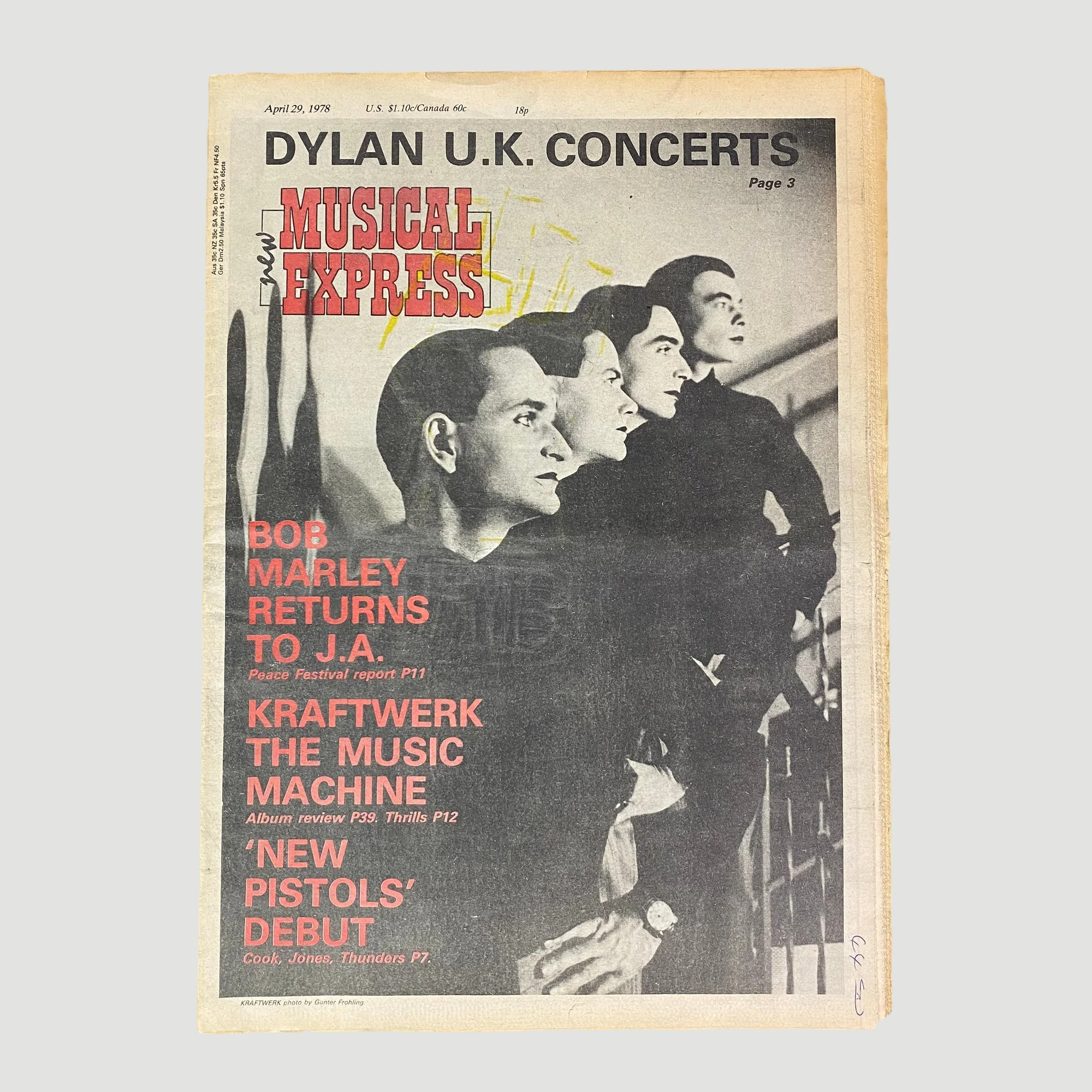
“Hey Mark - you should read this. I think this would interest you - you’re into that crazy electronic s**t, aren’t you?”
I read the article and immediately bought the record. It kick-started my obsession with this group, that culminated in seeing them perform live at Disney Hall in 2014, accompanied by my daughter - an equally obsessed fan since she was a kid (she drove her friends crazy playing their music non-stop at her 8th birthday party!).
So I grabbed my 70s UK pressings of Man Machine, Autobahn, Trans-Europe Express, plus my OG German pressings of Mensch Machine and Trans Europe Express (the other albums would just have to be re-bought later). While the recent vinyl reissues on regular and colored vinyl are very good indeed, they lack the analogue warmth of the OGs.
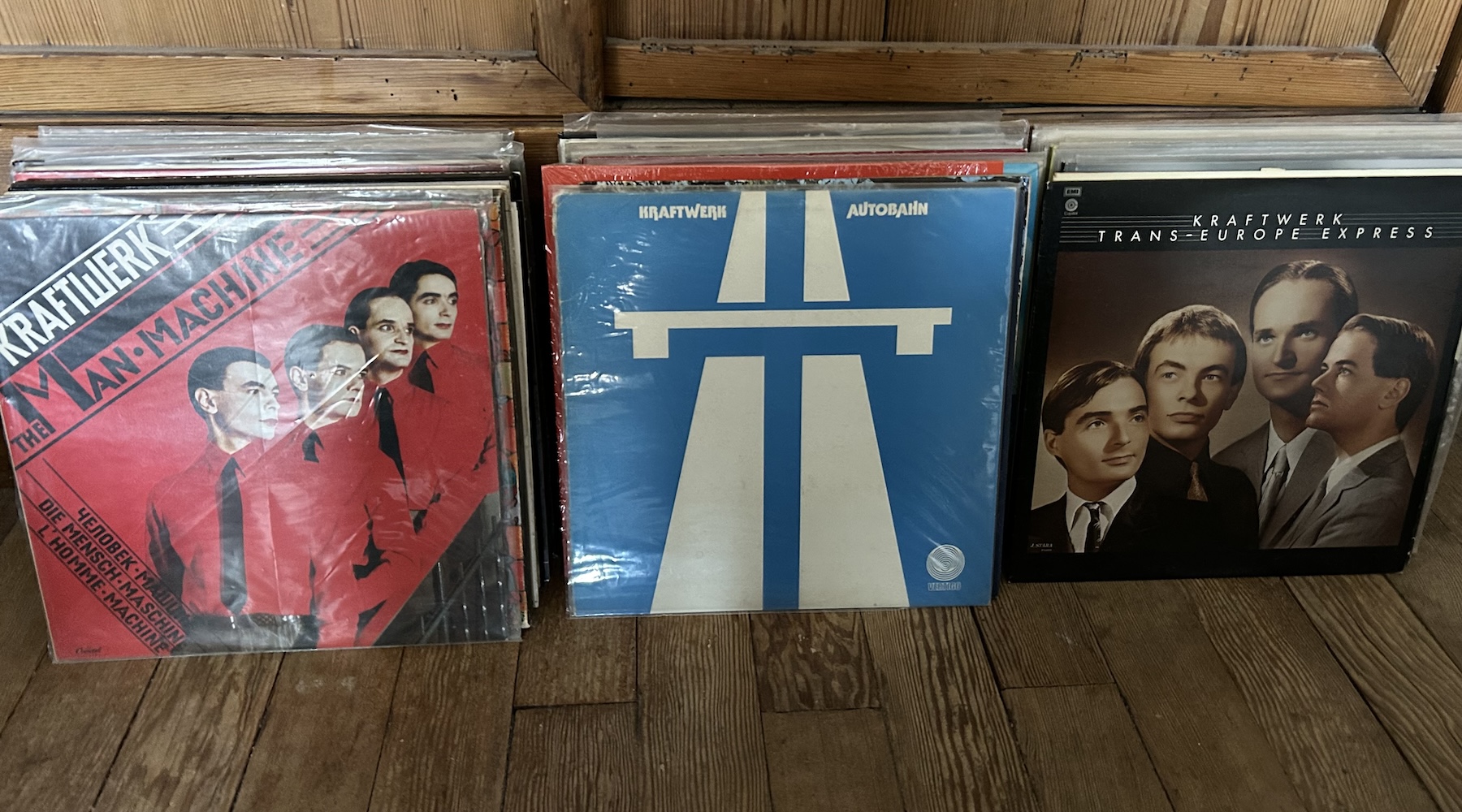
Another musical and collecting obsession has long been The Art of Noise. I've got multiple copies of all the albums, 12 inches, and CD reissues. It was a Friday afternoon in London in 1984 when I distinctly remember walking into my local record shop after finishing my teaching job for the week. There, up on the rack of new releases I saw this unusual cover.
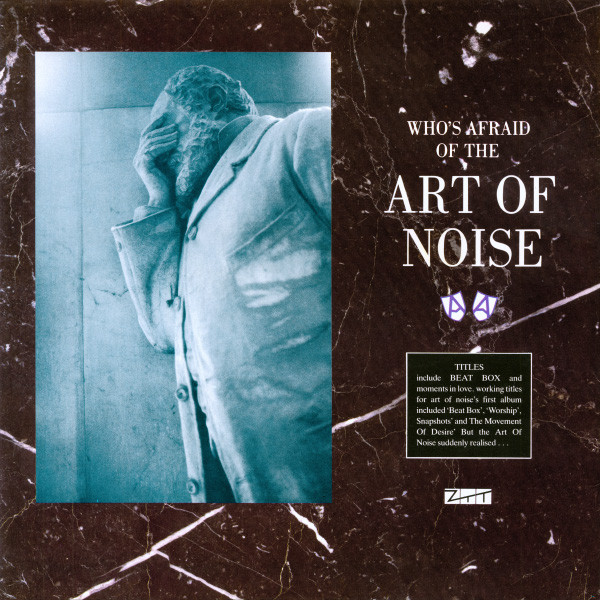
I was intrigued. The clerk told me it was the new album by the musicians who backed Frankie Goes to Hollywood who were mega-hot on the charts at that time (you'd hear Relax and Two Tribes blaring out of every car radio for months on end). I bought it on a whim and never looked back.
The sound on all their albums, derived mainly from acoustic piano and a wide range of synthesizer and sampling technology (adorned by quirky range of guest appearances by everyone from Tom Jones and Duane Eddy to Mx Headroom) is phenomenal, but the first two are especially noteworthy. I grabbed my UK OGs immediately.
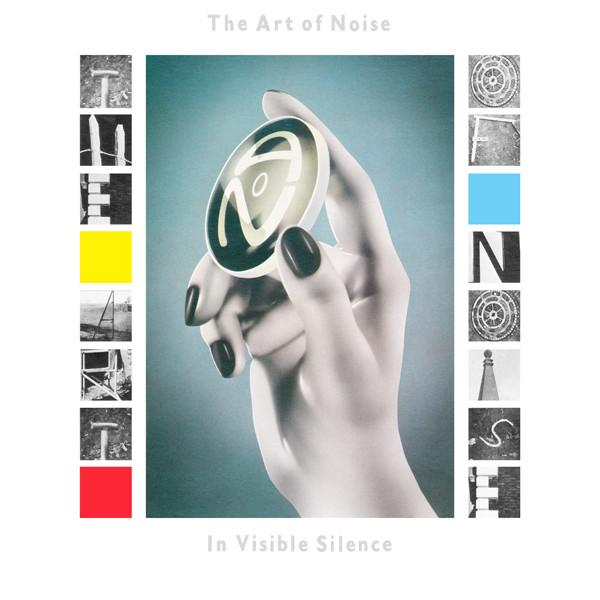
A smattering of albums filled out the rock/pop pile: Beck’s Sea Change in the MoFi reissue; original European pressings of Massive Attack’s Mezzanine and Heligoland (still high water marks for this genre of music); Rickie Lee Jones’s debut and Pirates.
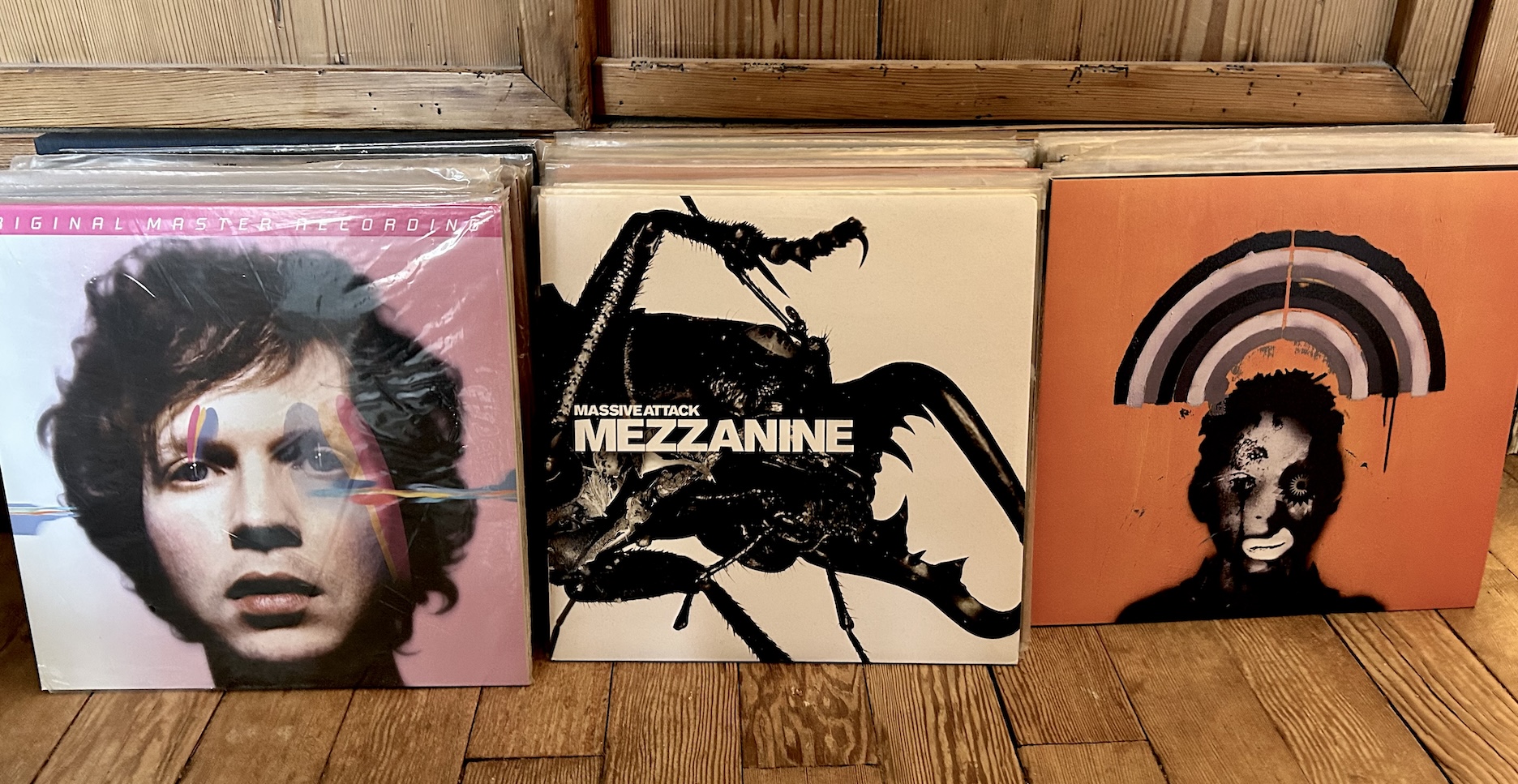
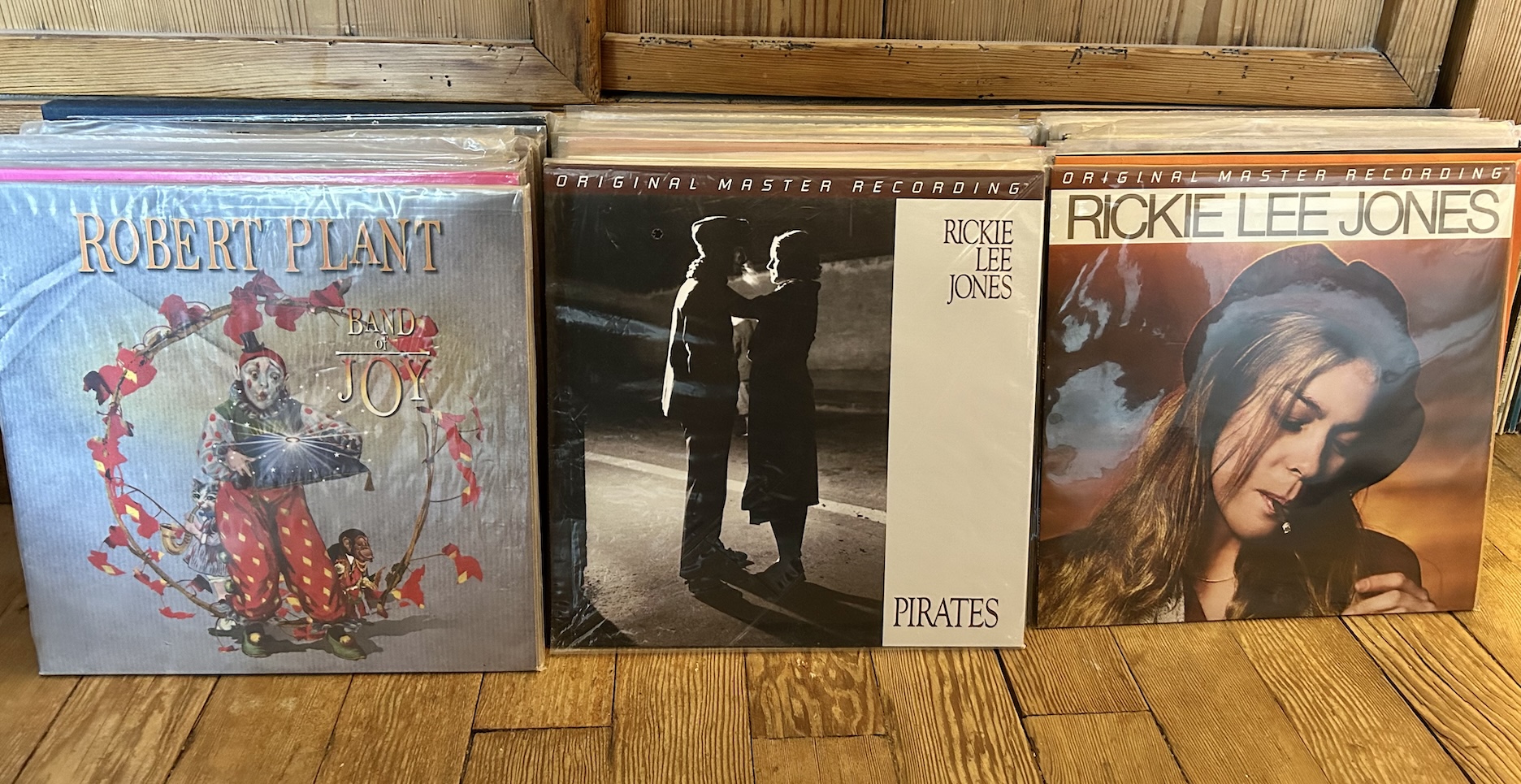
I also grabbed my original UK of David Sylvian’s Gone to Earth, the first solo outing by the lead singer of Japan, a mesmerizing double LP of songs and soundscapes which boasts major contributions from Robert Fripp (whom I consider to be if not the greatest guitar player of all time, certainly the most original - and my personal favorite). Sylvian remains one of the rock artists I turn to most often: his work is mesmerizing, haunting and utterly unique.
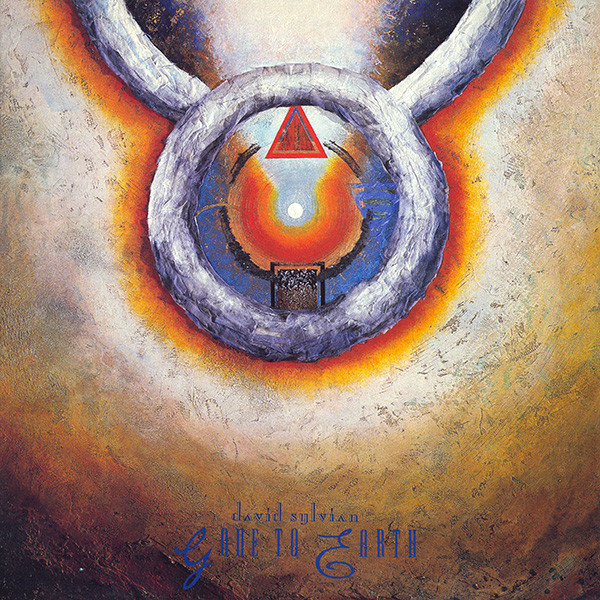
I left so much behind: Pink Floyd, Paul Simon, Joe Jackson, Joan Armatrading, Jethro Tull, Prince, Joni Mitchell, all the early Fleetwood Mac which I adore because of the incomparable playing of Peter Green, whom I saw perform live at the Long Beach Blues Festival in 1998, just as he was resurrecting his solo career - probably my most memorable hour of live music ever.
But before I left the rock section, I had one CD to add…
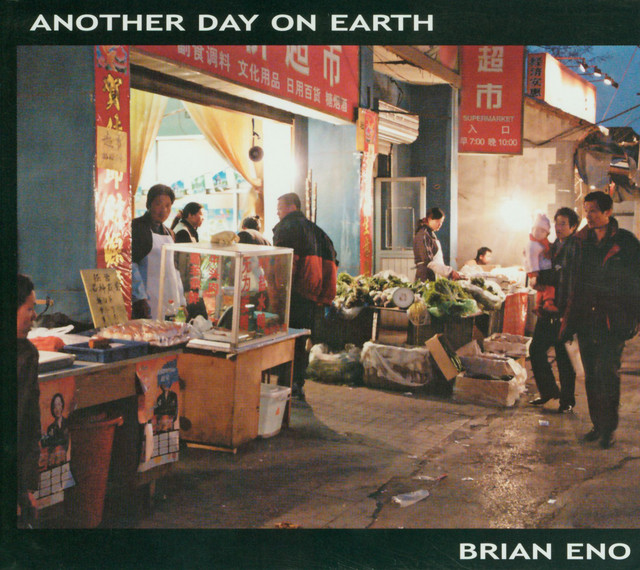
This 2005 album marked Brian Eno’s return to solo song writing after many years of mainly ambient albums and collaborations. It was only ever released on CD and is now hard to find at a reasonable price. It’s not on streaming services. You might be surprised to learn that if I could take only one record/CD of any kind of music to a desert island, this would be the one. The songs are extraordinary - a portrait of the world and human society in sound and music design constantly revealing of new details. Whenever I am in need of musical consolation or repose, this is the album I turn to. It is sublime (and also shocking, as in Bone Bomb - the final thoughts of a suicide bomber).
How Many Worlds is my favorite track on the album - listen to how he builds up the heart-rending, soaring violin melody and its rich harmony over the simple repeated ukulele chords. The sentiments embodied in the song feel especially relevant right now:
Thinking of a world in the light of the sun
And all the many lives that were ever begun
Ever begun
Our little world turning in the blue
As each day goes there's another one new
Another one new
How many people will we feel today
How many lips will we kiss today
If we wake up
How many worlds will we ever see
And how many people can we ever be
If we wake up
Thinking of a world in the light of the sun
And all the many lives that were ever begun
Ever begun
My single pile of records had grown to two piles, so I knew that I would have to severely limit myself from here on in. Many of my favorite jazz albums are currently available in excellent reissues which I could re-buy, so I restricted myself to a few rarities. One of the first jazz records I ever bought, probably when I was around 12, was this one:
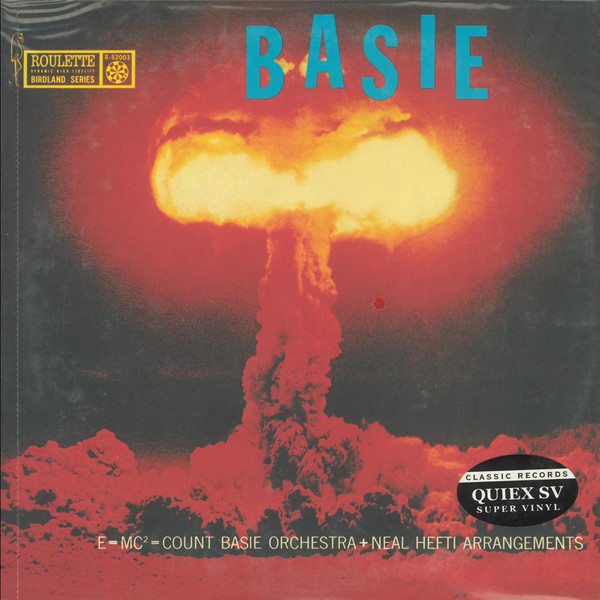
The Classic Records reissue smokes my other copies and is long OOP - so I grabbed it.
I first got into jazz via Big Band, and especially Benny Goodman and Glenn Miller. This album from my childhood is a UK RCA, and still plays perfectly. It sounds much better than any of the remasterings. The vocal numbers still tickle me, like “Jukebox Saturday Night” with its parody of the Ink Spots.
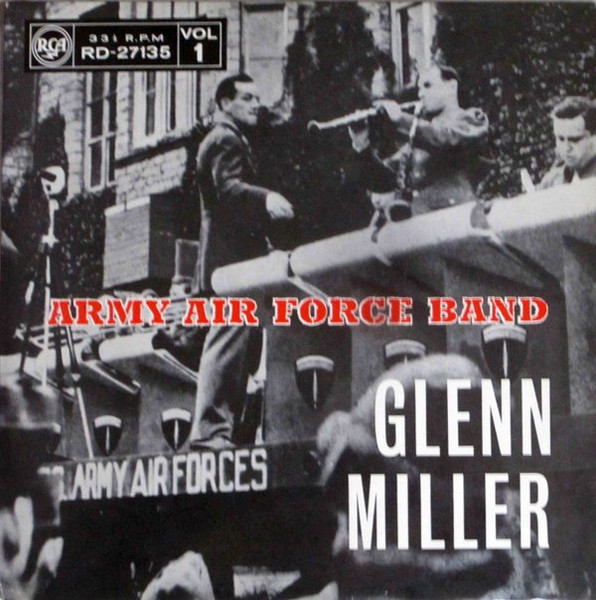
I wore out my two childhood LPs of music from The Benny Goodman Story, and a few years ago tracked down beautiful copies of original US Decca pressings that sound magical.
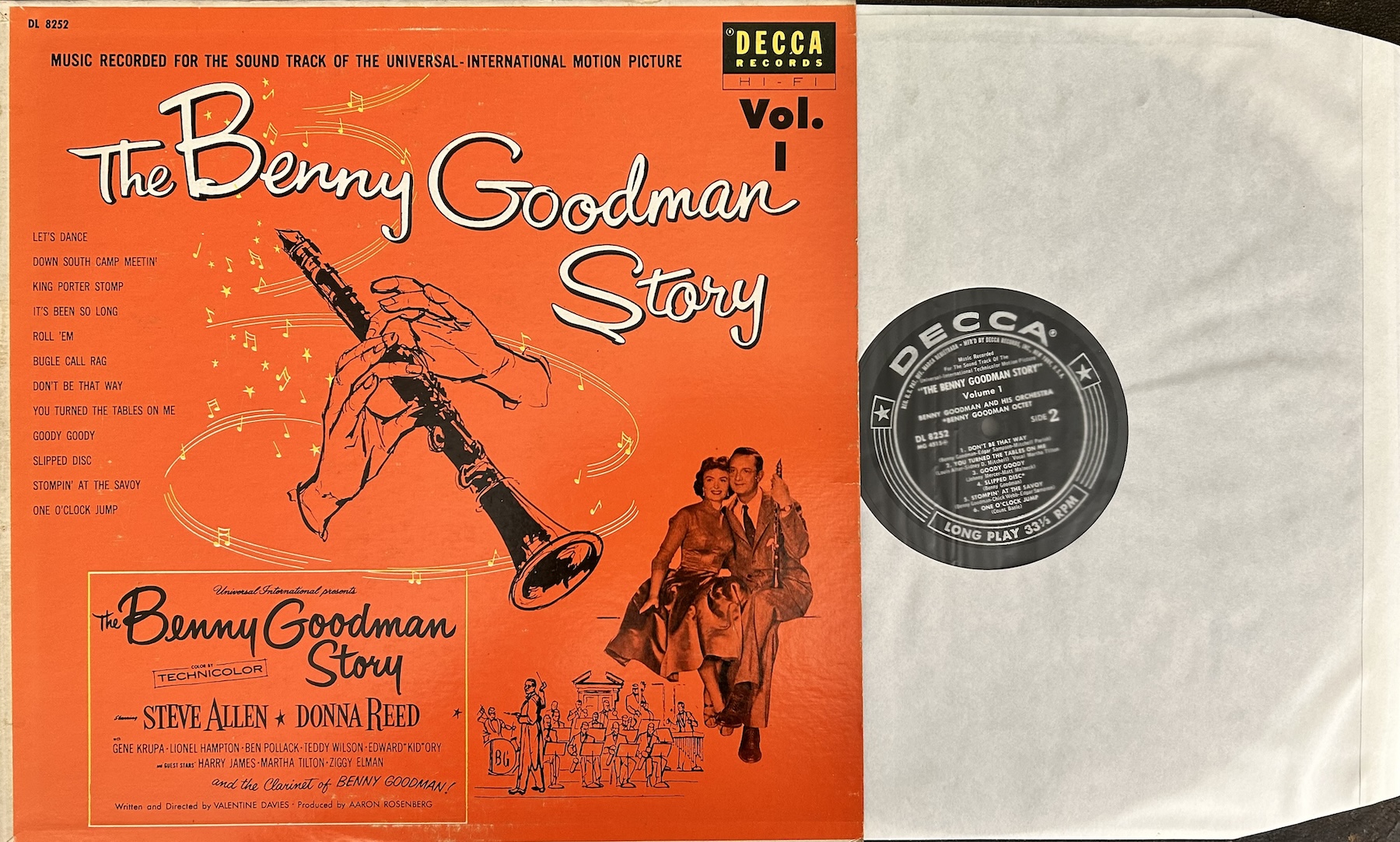
The version here of the monumental “Sing Sing Sing!” is still Goodman’s best in my book.
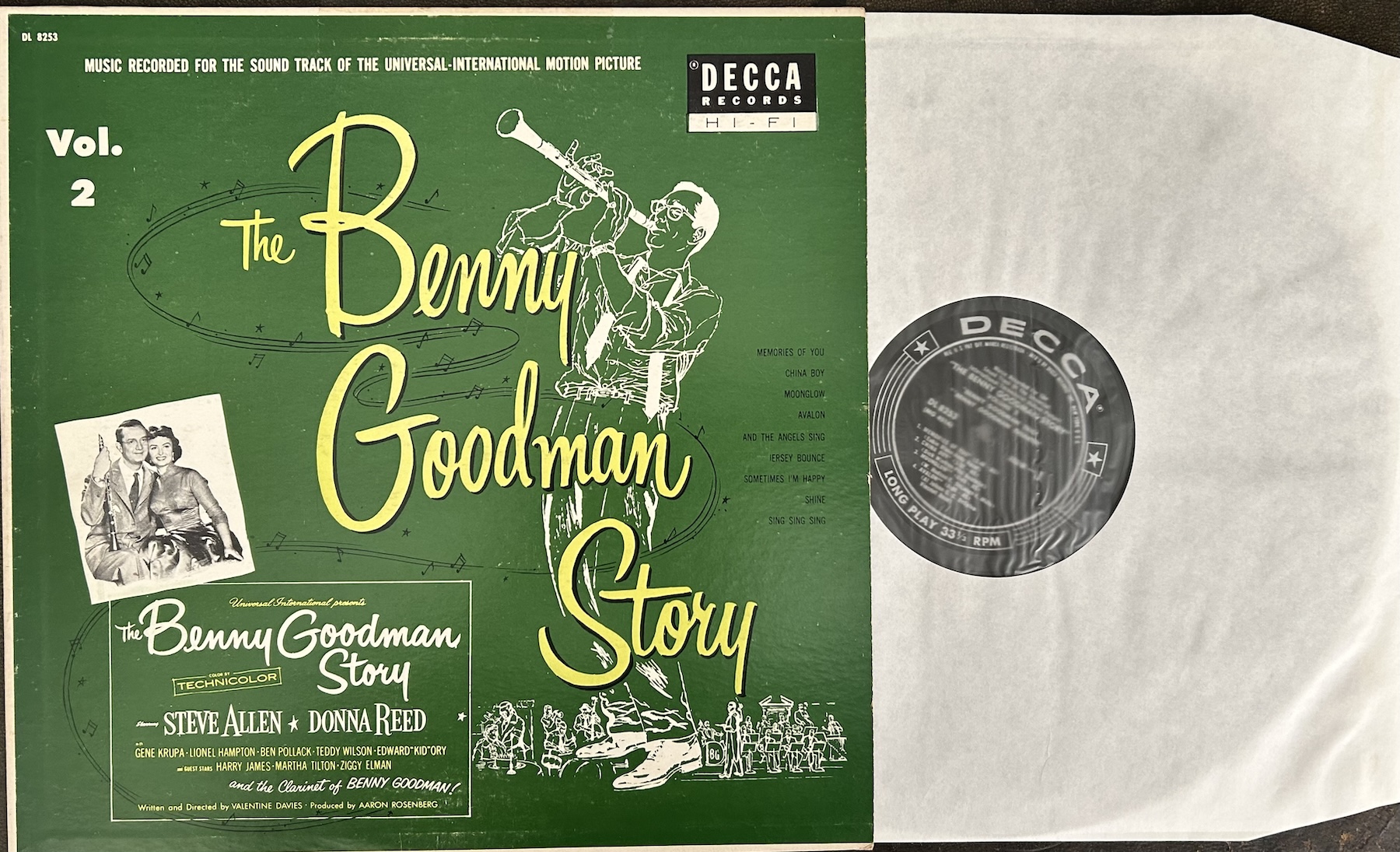
From the start I knew I was going to be grabbing these two rare 1970s releases by Neil Ardley, blending composed and improvised jazz more successfully than most.
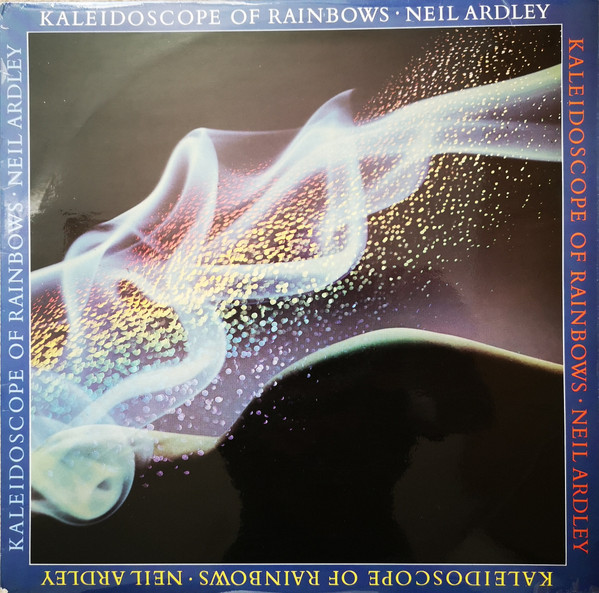
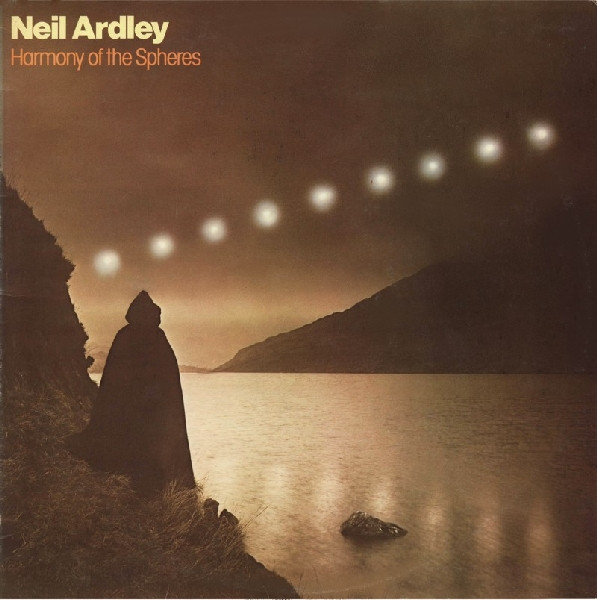
Featuring a Who’s-Who of British jazz and session musicians like Tony Coe, Barbara Thompson and Paul Buckmaster (arranger for Elton John), these records were put out on Gull records, an imprint of Decca, and the sound is typically rich and present. Notwithstanding the fact that both titles are shortly to get audiophile reissues by Analogue October Records (which I will be reviewing), I had to take these long treasured LPs that I had bought when they first came out.
Now was the moment of heartache. I was going to have to leave behind my complete run of the Miles Davis Mosaic vinyl box sets that I bought when they first came out, though I pulled out “Live at the Plugged Nickel” just in case I would be able to come back for a pile of box sets that would otherwise remain. Also being left behind was the Vinyl Me Please Miles box (along with the VMP Herbie Hancock and Quincy Jones sets).
I adore Ella Fitzgerald, but the deluxe Speaker’s Corner boxes of the Duke Ellington and George Gershwin Songbooks would have to stay. Likewise her albums with Louis Armstrong that, fortunately, are still in print in the AP reissues.
Speaking of Louis, I was leaving all the Classic Records reissues, but I did pull out one other childhood fave.
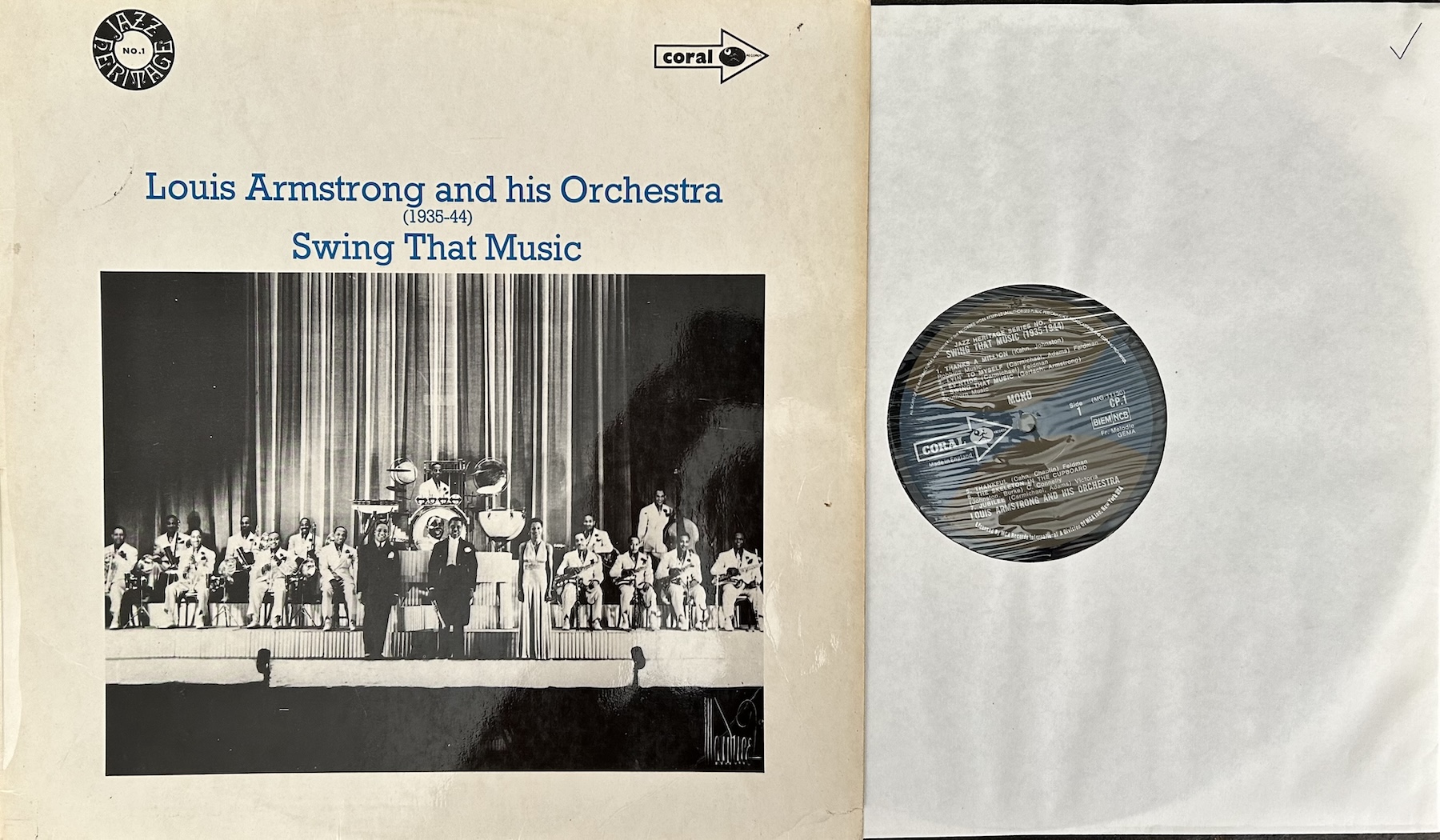
I bought this UK RCA of his fantastic but lesser-known 30s period when I was around 12, and it still swings better than any other version I’ve heard. Into the pile it went.
I also decided to leave behind all my blues records, except for one of my favorites. Maybe Chad Kassem will put this gem back in print one day for others to discover.
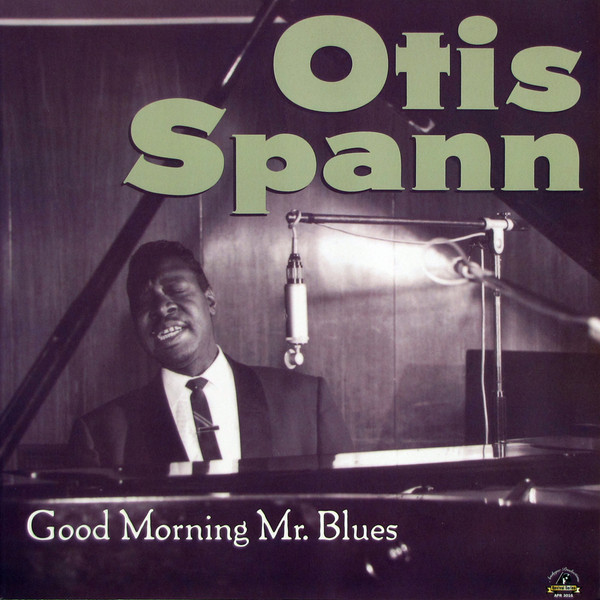
I had literally run out of time as I moved over to the film music section. My run of gorgeous Mondo reissues would fill a box alone. In the end I selected just one of these, the set of the complete score for Alien by Jerry Goldsmith, with typically stunning new artwork.
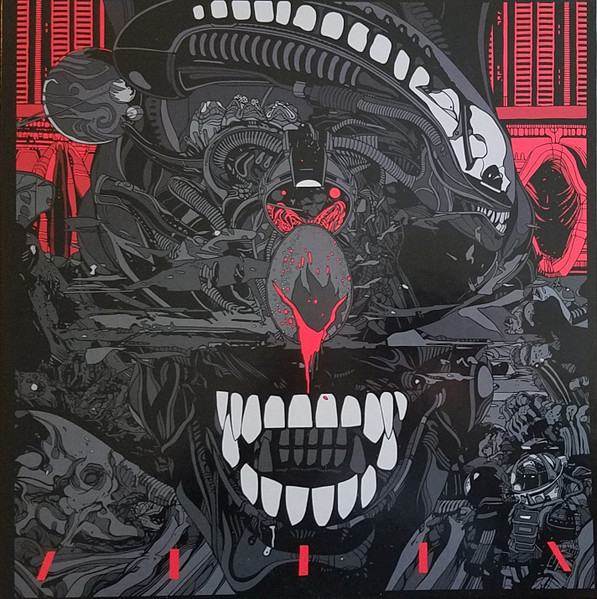
How could I possibly decide between all my treasured Bernard Herrmann albums? I opted for these….
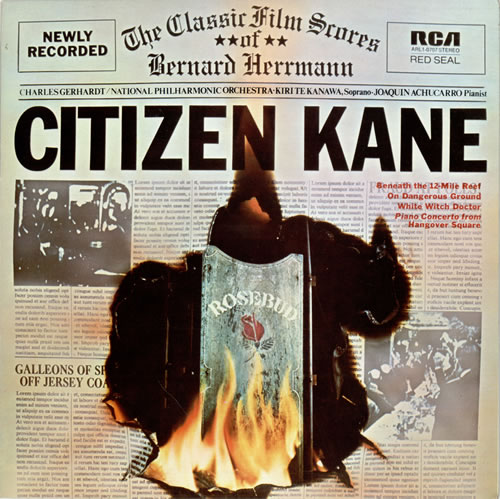
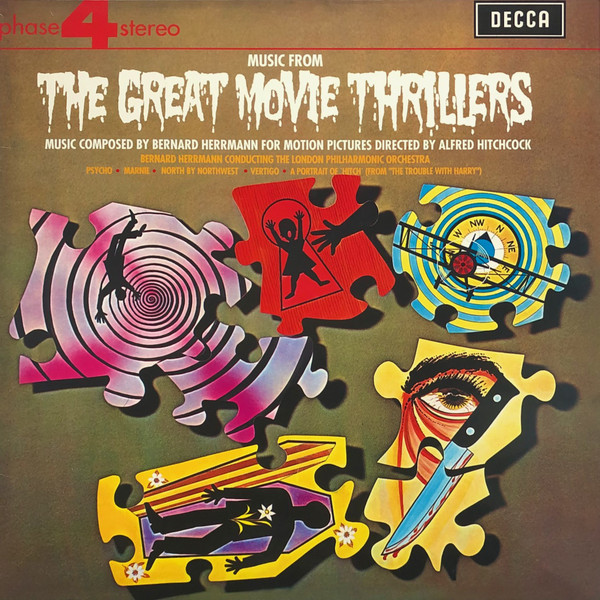
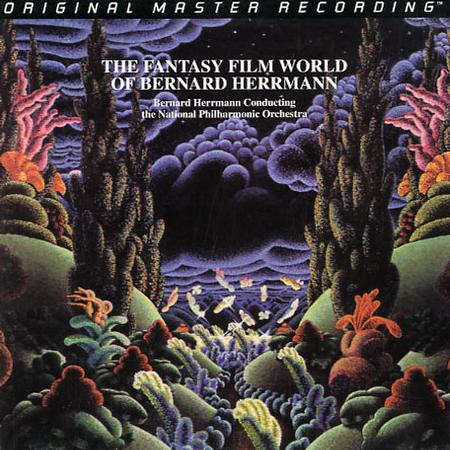
If I had to pick one Herrmann score, it would be Vertigo, and this newly remastered version that was done by Kevin Gray and Sidney C. Meyer (of Original Source fame) when she was doing an apprenticeship with him before going to Emil Berliner Studios. It's a night and day improvement over the original Mercury Imports version. (The re-recording of the compete score on Varèse Sarabande is also essential).
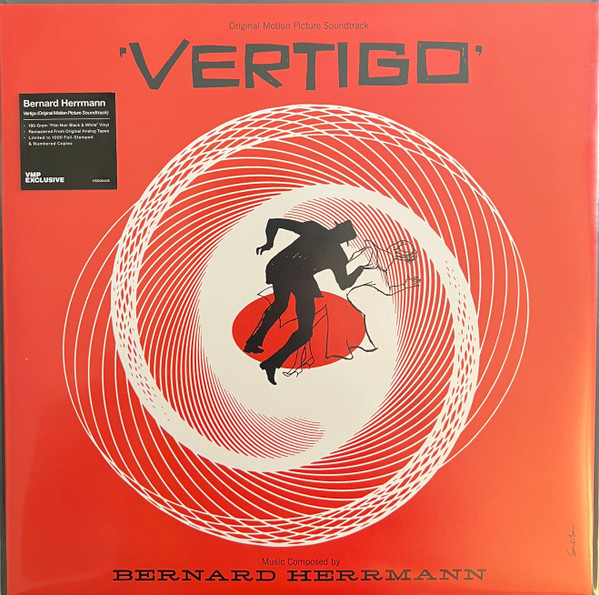
As for my John Barry, Roland Shaw/Decca Phase 4 albums I had to be ruthless.
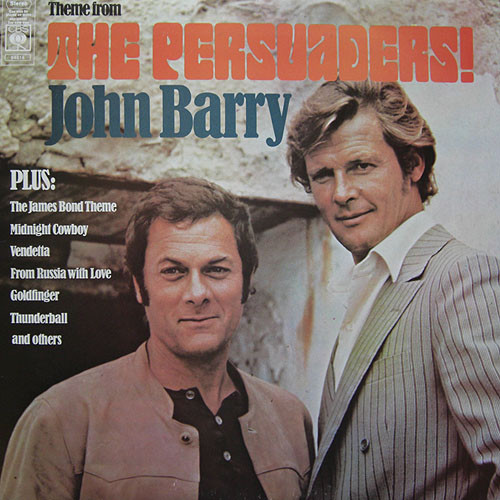
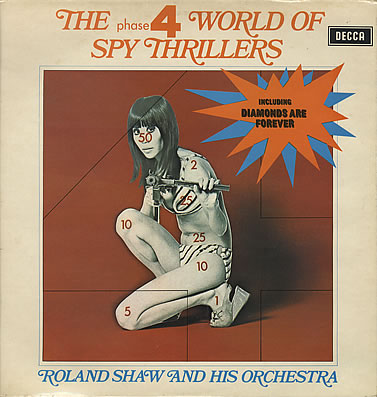
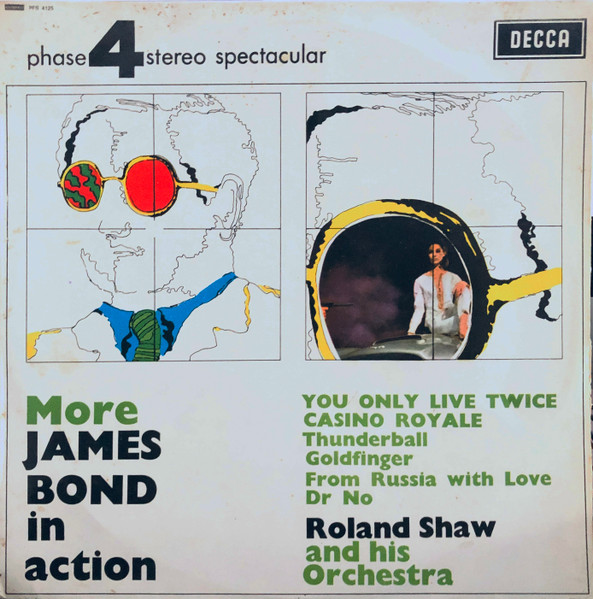
I bought most of these when I was in my teens, and I had to take at least a few of them.
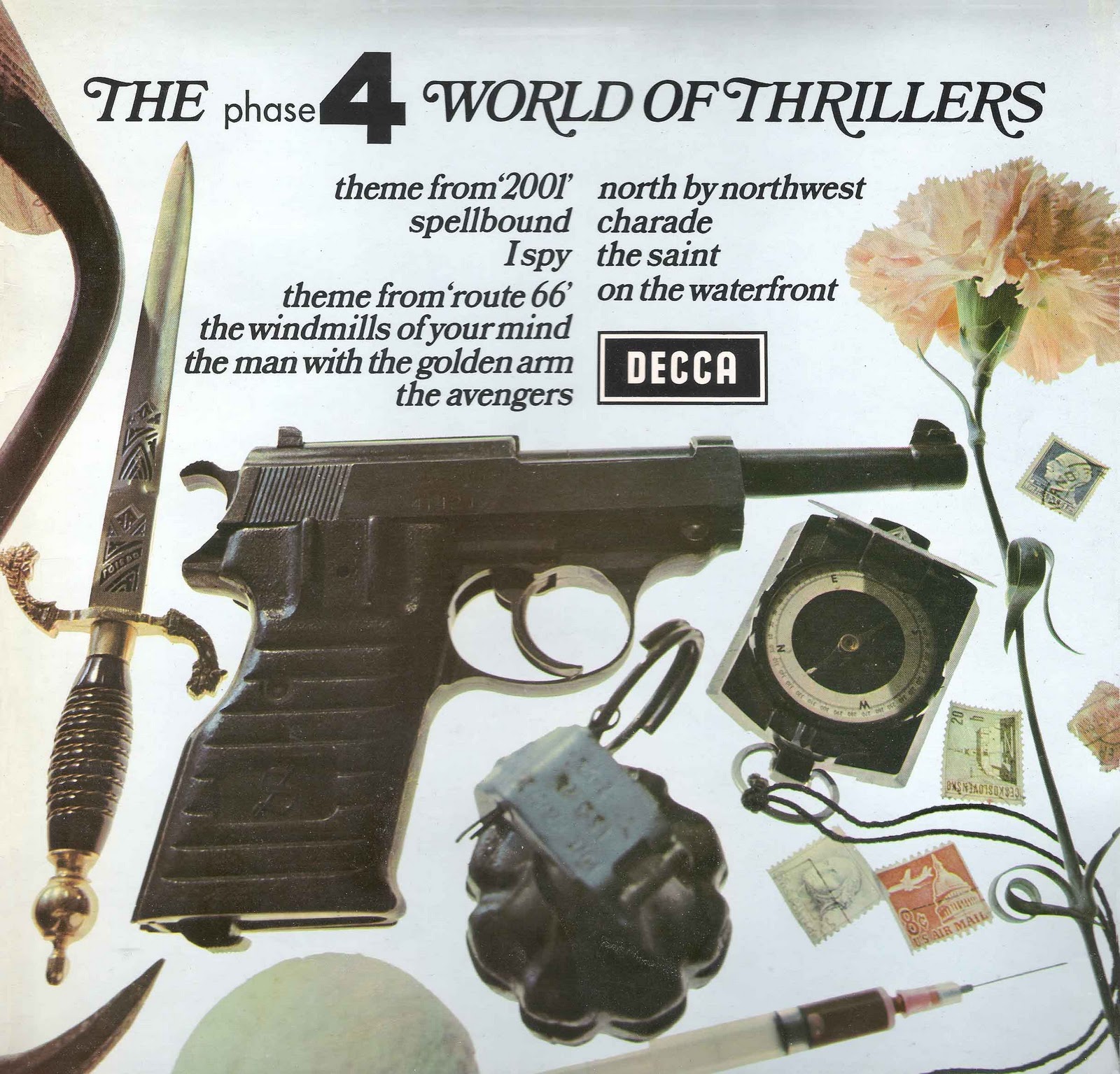
Somewhat inconveniently I suddenly realized there were two more film music records I had to take, both DCC Compact Classics reissues from Steve Hoffman and Kevin Gray: the soundtrack re-recording to For Whom the Bell Tolls and a 60s Warner Bros. re-recorded compilation of music by Erich Wolfgang Korngold. Both have stunning sonics, epitomizing the classic Hollywood sound: a little drier and more up close than, for example, the equally superb RCA Classic Film Score series of records (engineered by Kenneth Wilkinson). I discovered these when listening to our editor, Michael Fremer's weekly radio show of audiophile vinyl pressings during the days of his "previous endeavour". I don't know if these shows are still available on his Soundcloud page, but if they are I urge you to take a listen. I discovered many fantastic recordings from these shows.
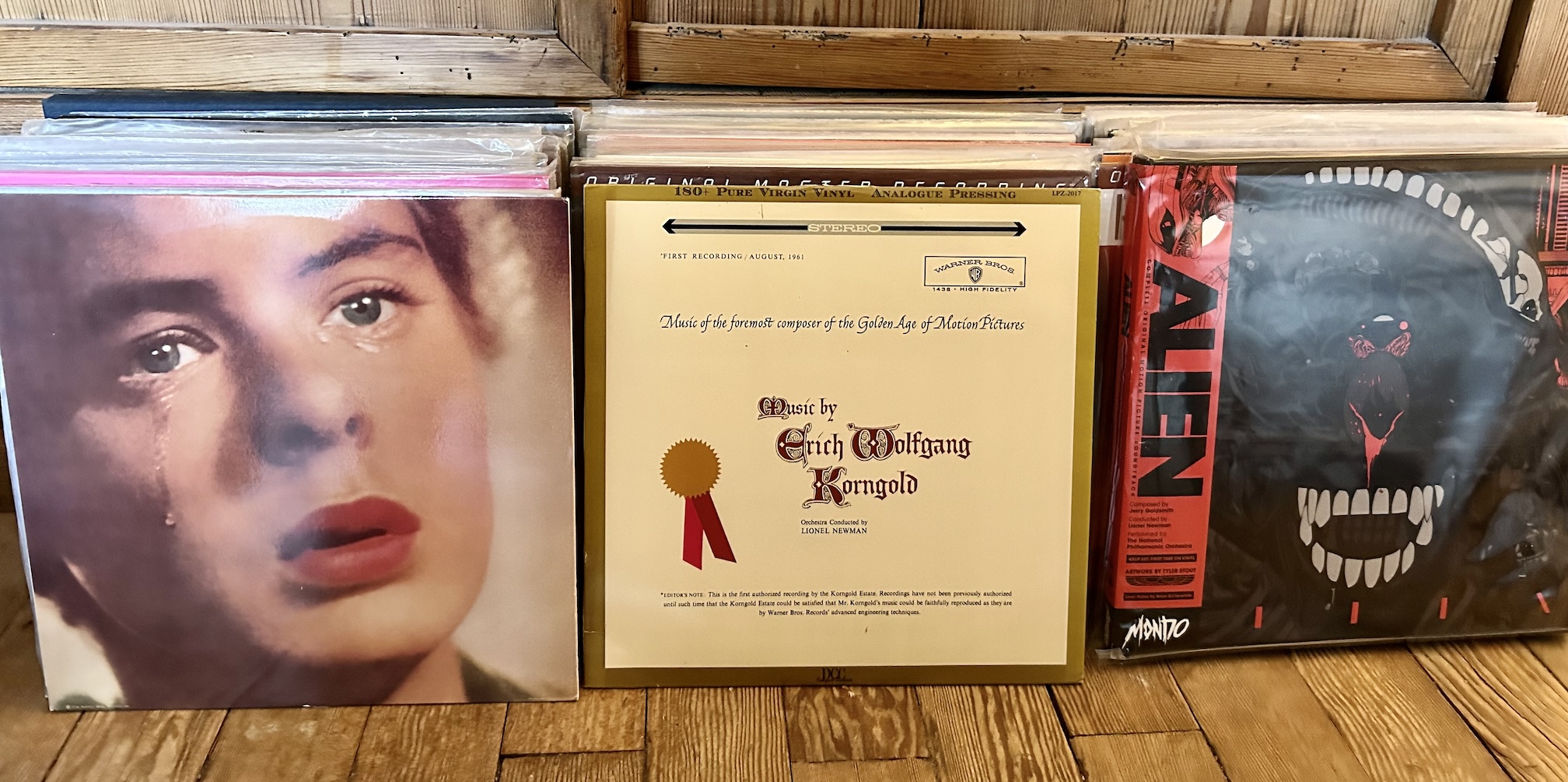
My 15 minutes had stretched to 20 and I brought down the hammer. That was it.
And then I remembered. One more album I absolutely had to take with me.
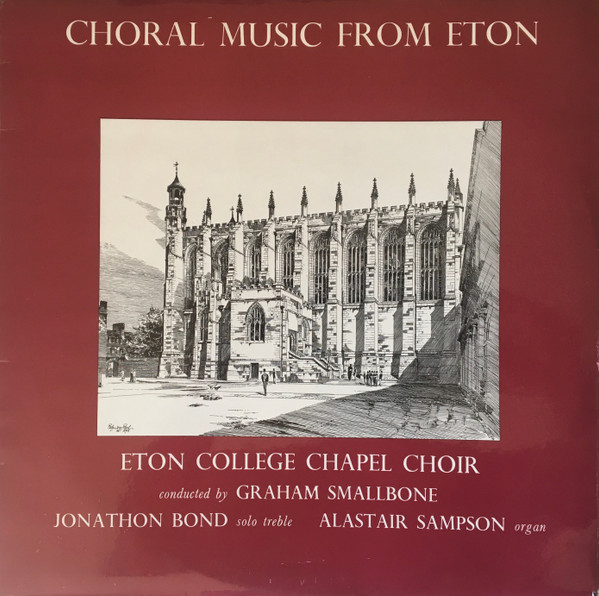
This is a record I am actually singing on when I was 17, as part of my school Chapel Choir. It had never been anyone’s intention for me to go to Eton, but when I won a Music Scholarship at 13 which would pay most of the fees, the die was cast. It was an extraordinary school, very different from popular conception, and the life of a musician was incredibly rich and varied, even including summer tours performing in beautiful churches and halls throughout Europe.
But a real highlight for me was singing in this Chapel Choir every day, every week. This beautiful building had, like the school, been created by King Henry VI (the school was founded in 1440). I was never a religious person, with daily exposure to the scriptures and priestly piety merely confirming my agnosticism, but I always found singing in this space both comforting and uplifting.
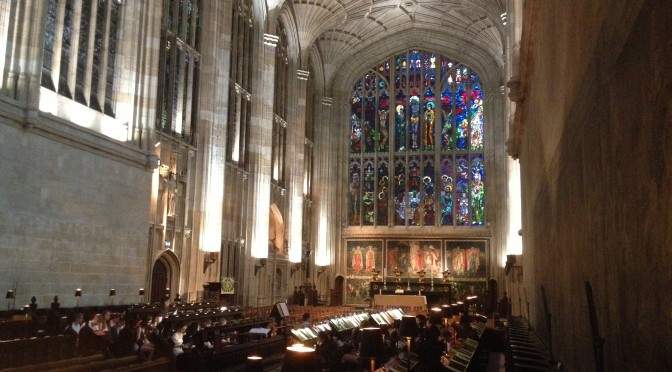 Choir stalls in the middle of the Chapel, looking toward the altar window
Choir stalls in the middle of the Chapel, looking toward the altar window
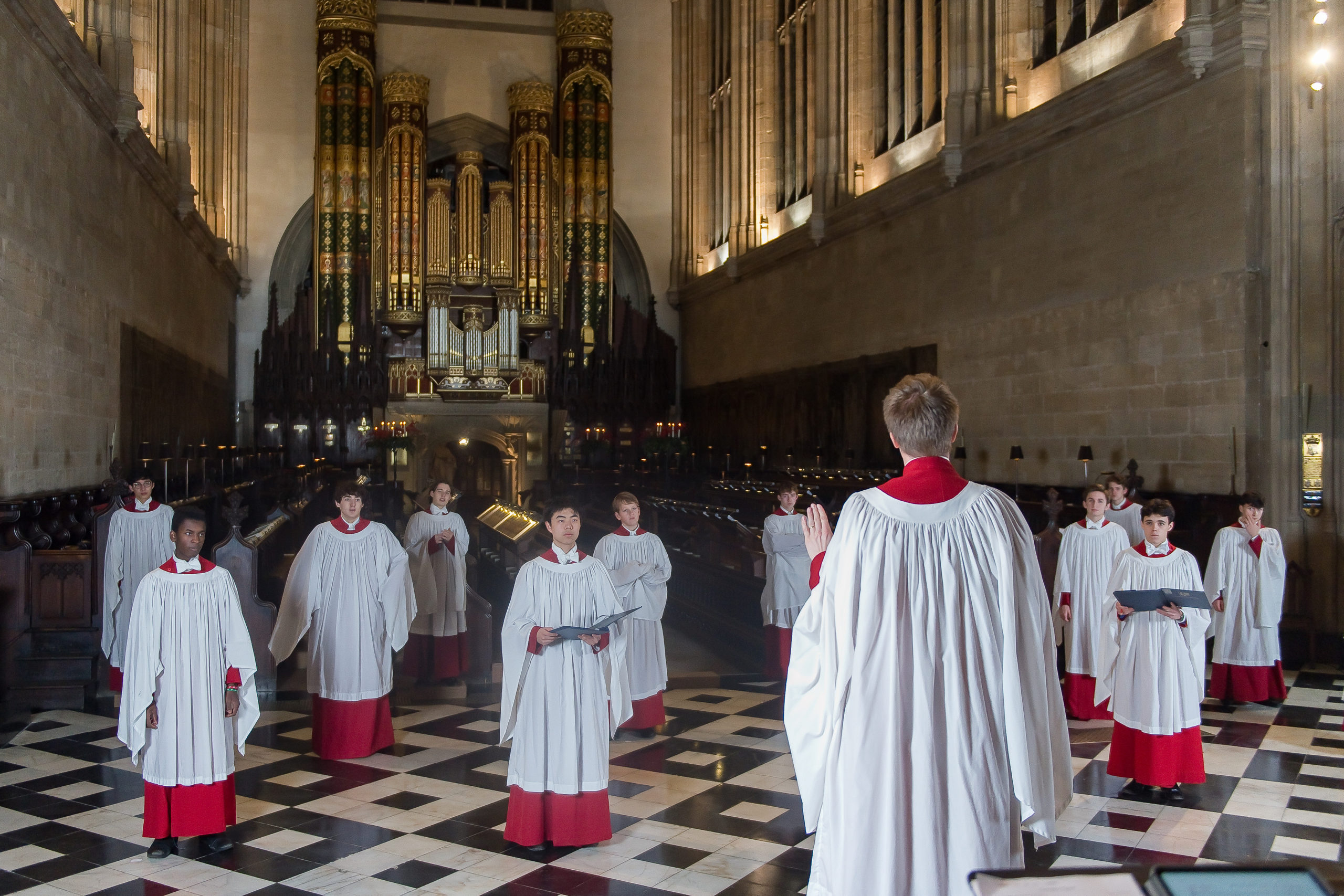 Looking back towards the spectacular Hill Organ with its array of 32ft. pipes - how they could roar!
Looking back towards the spectacular Hill Organ with its array of 32ft. pipes - how they could roar!
We had to do the sessions for this record between midnight and 2am because of being under the flightpath from Heathrow. By no means is this a record of great choral singing, but we’re passable, and it brings back memories of happy days singing some of the most incredible music ever written, from the 11th century up to modern times. We were the first Etonians in several hundred years to sing material from the Eton Choirbook, one of the foremost collections of Renaissance choral music of the period. When Thames Television came down to the school to make a documentary, we were filmed singing this music in front of the original illuminated manuscript - which I was then able to inspect at close quarters. Extraordinary.
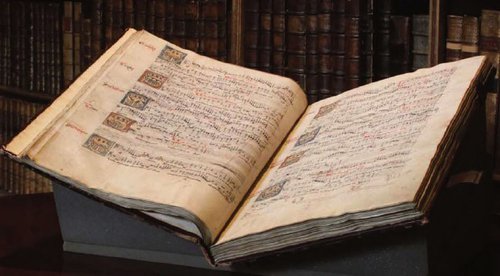 The original Eton Choirbook, dating from c. 1505
The original Eton Choirbook, dating from c. 1505
I sang in serious choirs from when I was 7 up until 22, and in recent years have occasionally joined in with various UCLA choirs. At university I even conducted my own choir in works as diverse as Haydn’s sacred music, Berlioz’s L’Enfance du Christ, and Rossini’s Petite Messe Solenelle (we did the version for piano and harmonium - tracking down one of those instruments in working order at the correct pitch was an adventure in itself). Choral music remains close to my heart, so this record echoes through the years with significance.
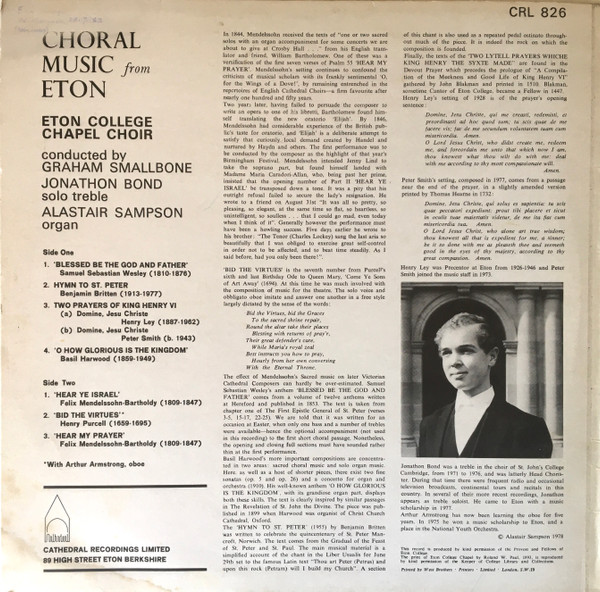
It was the final, perfect piece to add to my pile of vinyl evacuees.
Gathering all the albums together on my desk I realized I had more than I had originally intended to take - two heavy piles. But - I was thinking - they’d probably all fit in the car, if I had time to carry them all out. Maybe there’d even be room for those Miles Mosaic and Ella boxes, let alone some of the choice classical boxes I had abandoned….
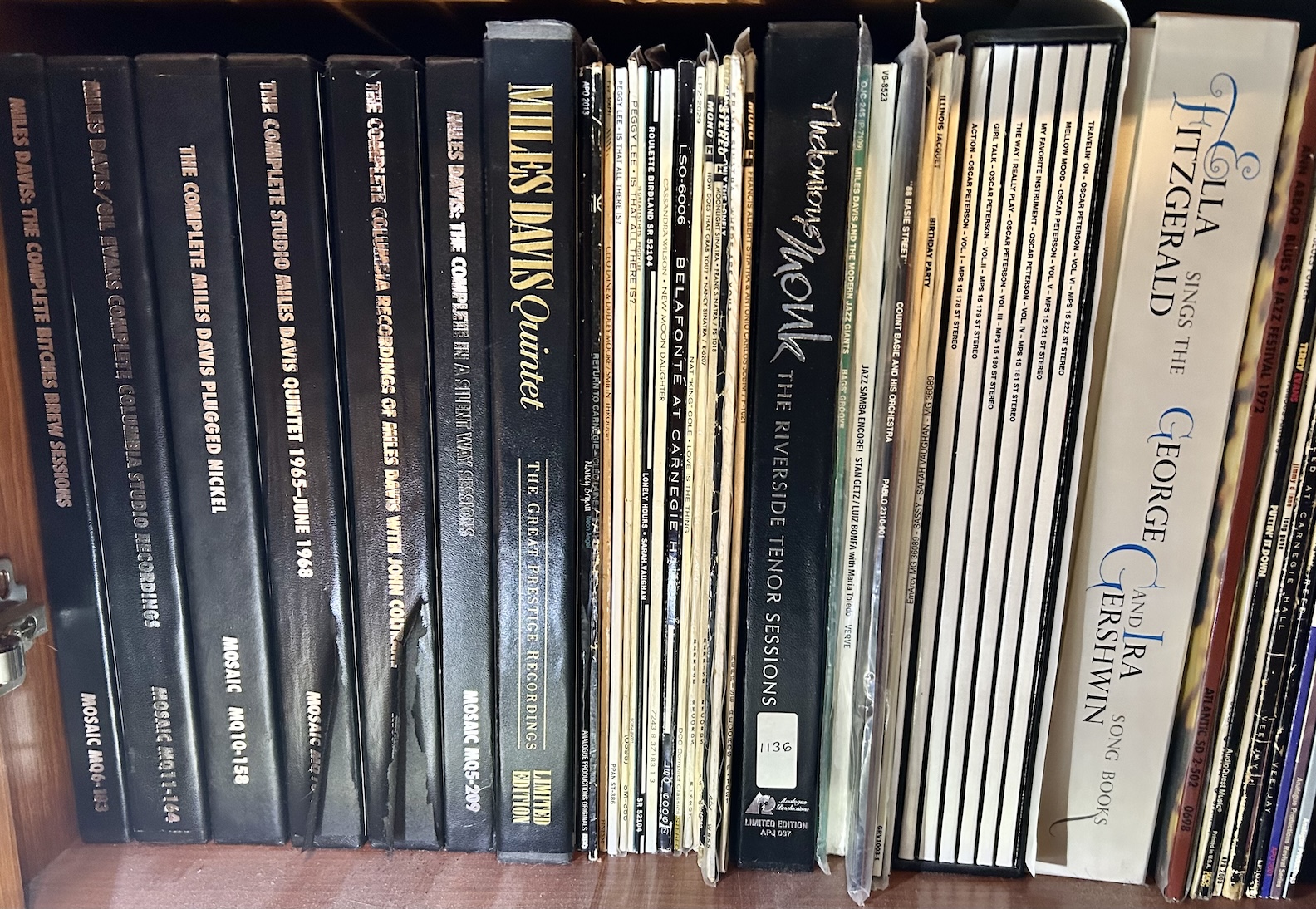
The ones being left behind...
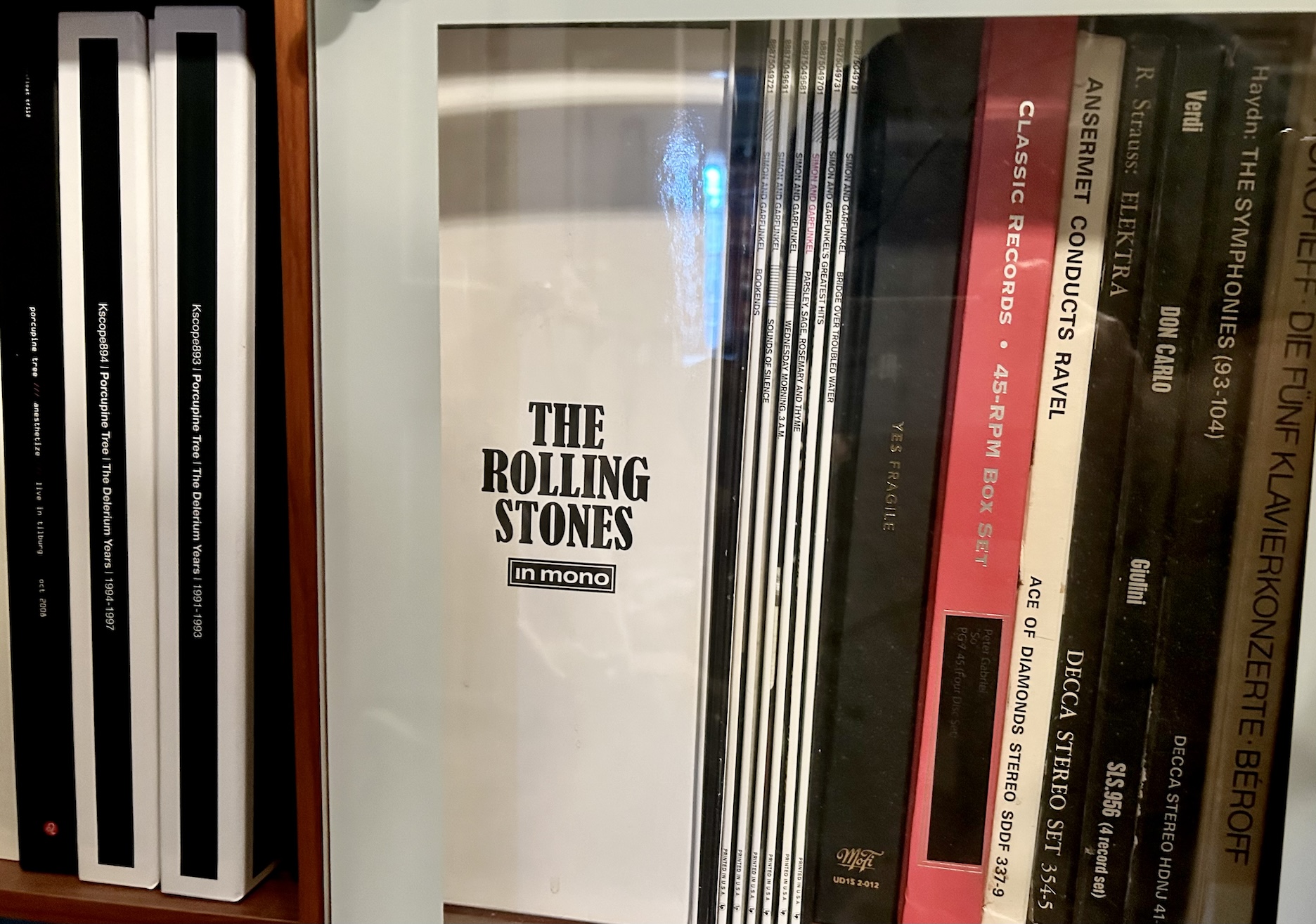
50-plus years of collecting records whittled down to two piles. It was somewhat liberating. The thought of ever having to move my music collection again has always been somewhat overwhelming.
Maybe the fires would solve my problem for me…

Here we are, some six days later, and the records sit there still, waiting to be evacuated. I’ve made no attempt to add to, or subtract from, the pile.
But in the time since our panicked gathering together of our material lives I have been feeling how irrelevant all this is, our adherence to our stuff. Would it really matter so much if we escaped with just our bags and our photos (plus the computer of course!)
In the current circumstances, when I reflect upon all the thought and emotional energy I have put into the collecting of, and listening to, recorded music throughout my life, does it not seem like, on some level, a waste of time?
I didn’t used to think so, but right now I’m wondering.
I guess I'm "in a nihilistic state of mind..." (apologies to Billy J.)
This is what the fires have done to everyone, at least those of us who haven’t lost everything and are now just waiting. We are wondering - about everything.
What really matters? After all this is over, what is left? Life as before? Normal life, seeping back slowly through the cracks in the scorched sidewalks? Is that even possible?
Well, it has all happened before - as T.S Eliot says, “In my end is my beginning”.
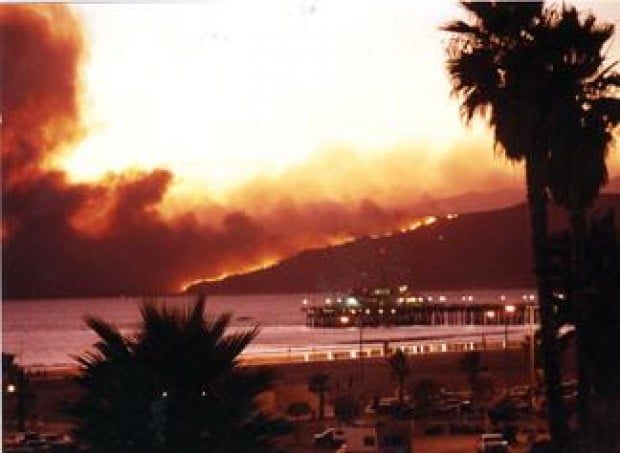 The 1993 Las Flores/Old Topanga Fire I narrowly escaped, seen from the Malibu Pier
The 1993 Las Flores/Old Topanga Fire I narrowly escaped, seen from the Malibu Pier
A few weeks after that Malibu/Old Topanga fire of 1993 which I escaped from over Kanan Dume Road as the fire showed every intention of licking at our heels (literally), my wife and I went hiking in the scorched Santa Monica mountains that rise up precipitously above the ocean near the border with Ventura County. In those days before interplanetary golf carts had roamed across the surface of the Red Planet, it was as one imagined the surface of Mars to be: empty, brown, black and red. No sign of vegetation beyond scorched trees and brush. But in the eerie, dead quiet you could hear occasional birdcalls, and the distant ocean below.
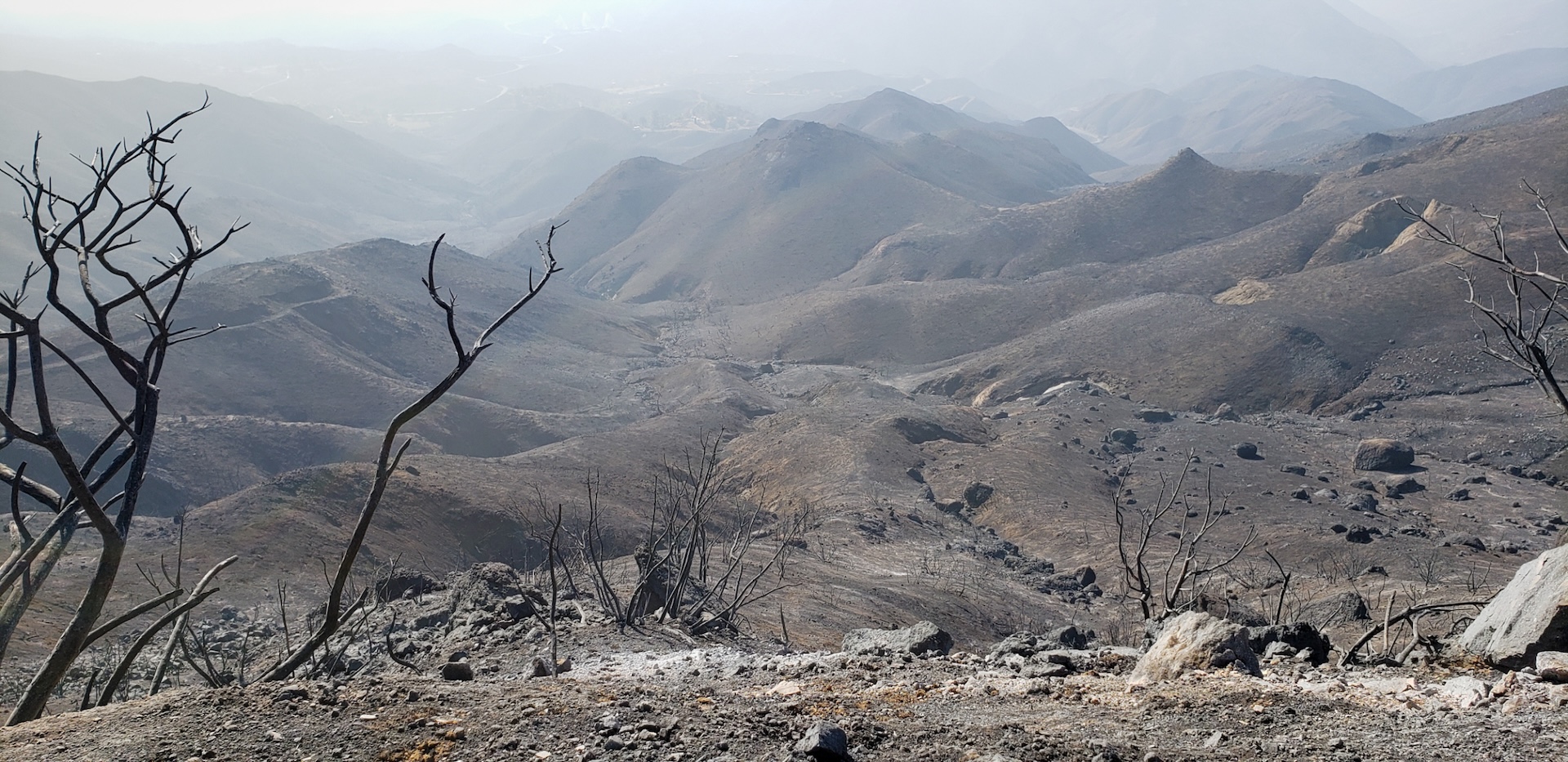 The Santa Monica Mountains after the 2018 Woolsey Fire, not far from where we went hiking in 1993
The Santa Monica Mountains after the 2018 Woolsey Fire, not far from where we went hiking in 1993
Curiously, the ancient trails of the Chumash Indians who once lived in these hills were still visible, rising in a straight line from the Pacific Coast Highway, with no zigs or zags. As the vegetation grew back they remained always visible: the persisting footprint of this land’s Ancients.
Eventually the plants did grow back, and that Spring there was an explosion of wild flowers growing out of buried seeds cracked open by the heat. This happens after every wildfire here: an orgy of Nature renewing the earth after the cleansing flames. In succeeding decades the visible traces of those all-encompassing fires had all but disappeared.
Driving home that night we would have stopped at The Reel Inn in Malibu for their perfectly cooked fresh catch or fish 'n chips. We always stopped there after going to the beach or the mountains up north. We were there just ten days ago.
The Reel Inn - beloved by generations of Angelenos - burned down last Tuesday night.
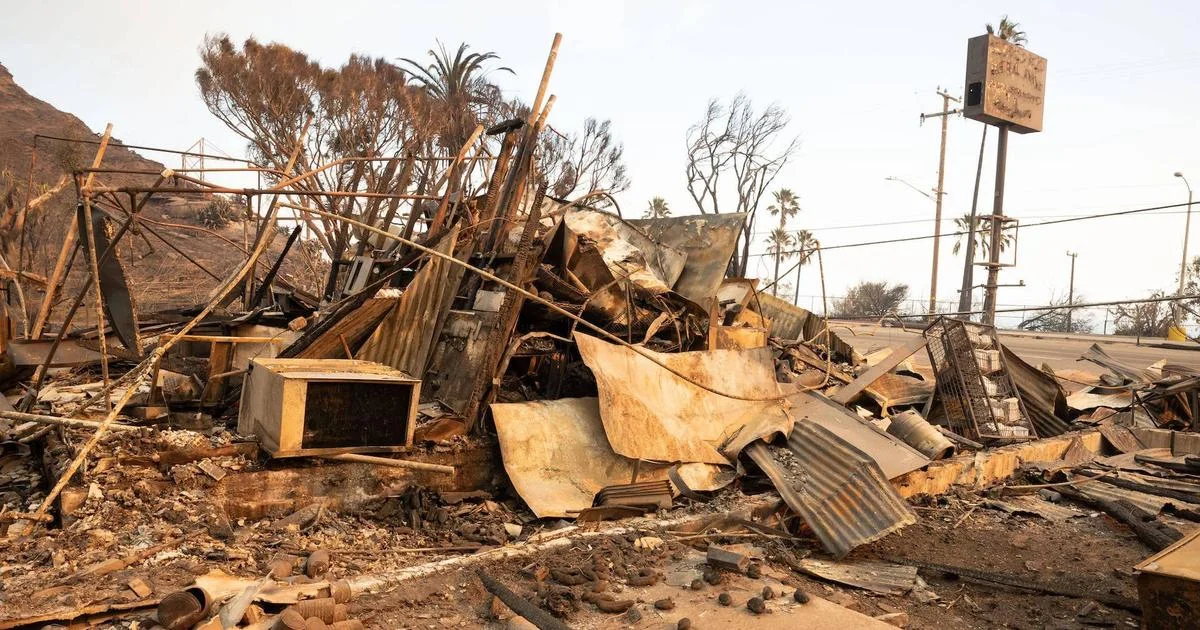
That fire of ‘93 came but a few months after the terrible riots, and a few short weeks later we had heavy rains and mudslides, then the Northridge earthquake. My wife and I, newly ensconced in jobs and graduate school, seriously discussed leaving, even though we had long dreamed of living here. It was a terrible year for the City of Angels.
But the city rebuilt.
Everyone is talking about doing that again now - "We will, we must rebuild!" comes the cry. But somehow this time it feels different. Why? Is it simply because the scale of destruction is so massive (and it is) that this is feeling almost unachievable - however rightly determined everyone is to do so?
No. There's something else going on now, something that wasn't going on in 1993.
The world has changed, and Mother Earth - long desecrated by Man’s careless exploitation - may rightfully want to be rid of us. She’s certainly acting that way. And how do we respond to her just admonitions to change our ways? With increasingly vicious arguments amongst ourselves, by not heeding the warnings, by thinking our wit and our technology alone will gain the upper hand. Could thinking we can rebuild without due consideration to the inherent dangers that remain simply be part of the most epic Pride before the most epic of all Falls?
I have long found refuge from the world’s slings and arrows in music - playing it, singing it, listening to it and writing about it - and I still do. But now as I sit and look at my carefully selected pile of records, all of which have granted me hours of joy and solace, I can’t help but wonder whether - if the evacuation order comes - maybe I should just let them stay, let them all burn with their fellows (and my carefully assembled sound system), if that is what Nature decides to do with our little four-walled domain, our little sanctuary from an increasingly cruel and heartless world.
Would I regret not taking them, or would I somehow feel freer to start again? Unencumbered. Free to go anywhere with just the items in my suitcase and start a different phase of my life. Just leave it all behind, one part of my life over.
A rather self-indulgent thought, but a genuine one nonetheless. And I feel guilty having it when I think of all those people who've lost literally everything, who would sell their teeth to have a few treasured possessions still - which my records certainly are.
Or maybe it's simply a case of, like Prufrock, "I grow old... I grow old... I shall wear the bottoms of my trousers rolled."
Meanwhile - out there - the Tyger still roars, and he burns bright for all of us right now. We’d do well to heed his roar.
What is he telling us?
“When the stars threw down their spears
And water'd heaven with their tears:
Did he smile his work to see?
Did he who made the Lamb make thee?
Tyger Tyger burning bright,
In the forests of the night:
What immortal hand or eye,
Dare frame thy fearful symmetry?”
(William Blake)
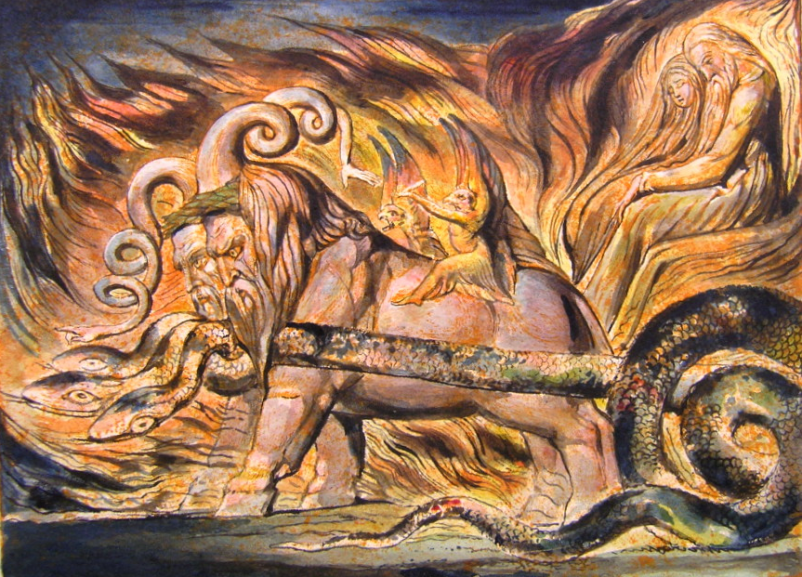 William Blake's painting "Chariot of Fire" from his poem "Jerusalem", the text for one of the most popular hymns in the Church of England hymnal, which I and generations of British schoolchildren sang fervently throughout our school years on the last day of term... For me this image conveys more accurately than any photo the sheer hellish force, determination and anger of the fires, and - in the expressions of the two human riders - the grief they will bring to those who are consumed by them
William Blake's painting "Chariot of Fire" from his poem "Jerusalem", the text for one of the most popular hymns in the Church of England hymnal, which I and generations of British schoolchildren sang fervently throughout our school years on the last day of term... For me this image conveys more accurately than any photo the sheer hellish force, determination and anger of the fires, and - in the expressions of the two human riders - the grief they will bring to those who are consumed by them
CODA
In the end I had pulled 58 records from my rock, jazz and film music collection (including LPs within multi-LP sets), definitely more than I had intended. Forced to whittle this down to a (large) handful of records, I would opt for Bowie's EMI100 press of Hunky Dory and UK OG of Station to Station; Elton John's Captain Fantastic; the four Classic Records' Led Zeppelin reissues plus Robert Plant's Band of Joy (still haven't found the Plant/Page No Quarter and am kinda upset about it!); the Classic Records' pressings of Peter Gabriel's 3/Melt, 4/Security and Up; Rolling Stones' Let it Bleed and Exile on Main Street; Kraftwerk's Man Machine, Autobahn and the OG German press of Trans-Europe Express; King Crimson's Discipline and Red; both Art of Noise records; both Benny Goodman records; the Classic Film Scores of Bernard Herrmann and the Fantasy Film World of Bernard Herrmann; the Phase 4 World of Thrillers and the Phase 4 World of Spy Thrillers (both records I have adored since I bought them when I was a lad); and finally my Choral Music from Eton record. That's a rather cumbersome 29 - but that's just how it goes. The Brian Eno CD has already been tucked into my briefcase.
Today - Thursday - I suddenly realized I had left out one of my most prized classical sets: the D2D live recording of Bernard Haitink's last performance with the Berlin Philharmonic, of Bruckner's 7th Symphony. Recorded by Rainer Maillard and his crack team at Emil Berliner Studios, this is one of the most compelling classical sets I own. I can't believe I forgot it - but it is bulky. Nevertheless, I've given myself permission to add it to the pile.
Last Friday night it had taken me just over 20 mins in total to select 100-plus records to evacuate. (I kept the 15 minutes in the article's title, because - well - that had been my goal, and I wasn't far off. The adrenalin was definitely coursing through my veins at the time).
In similar circumstances, which records would you choose?


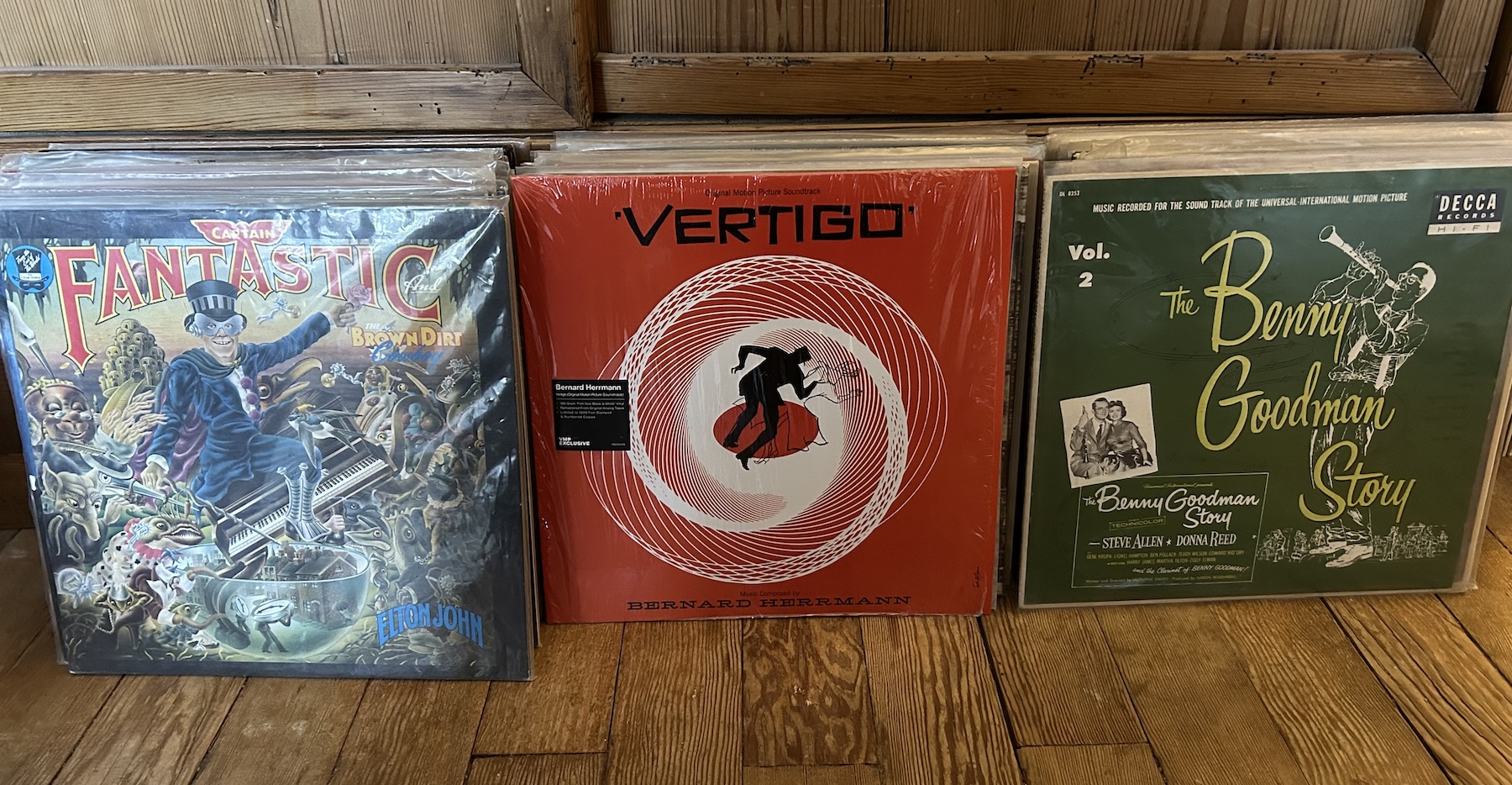

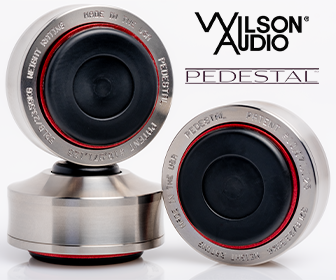


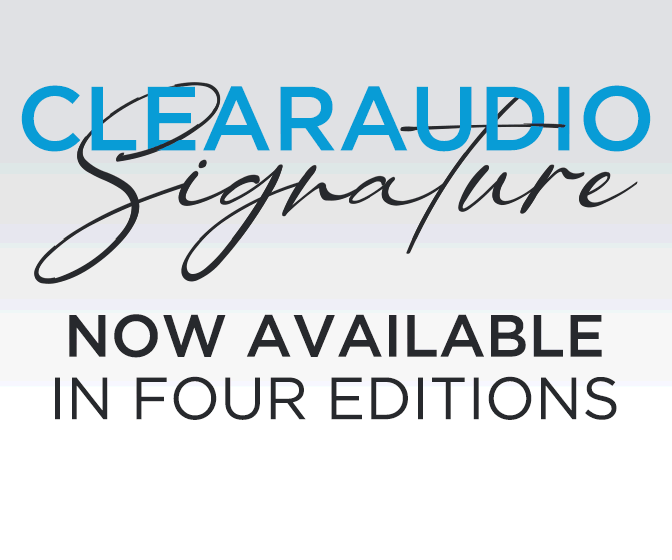

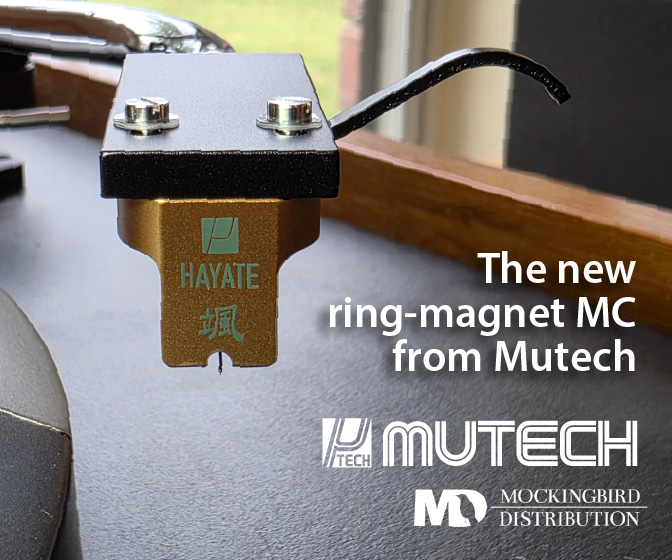
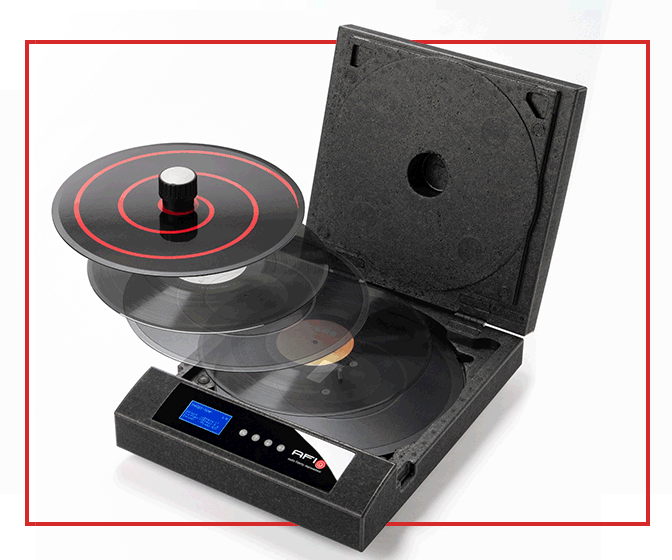





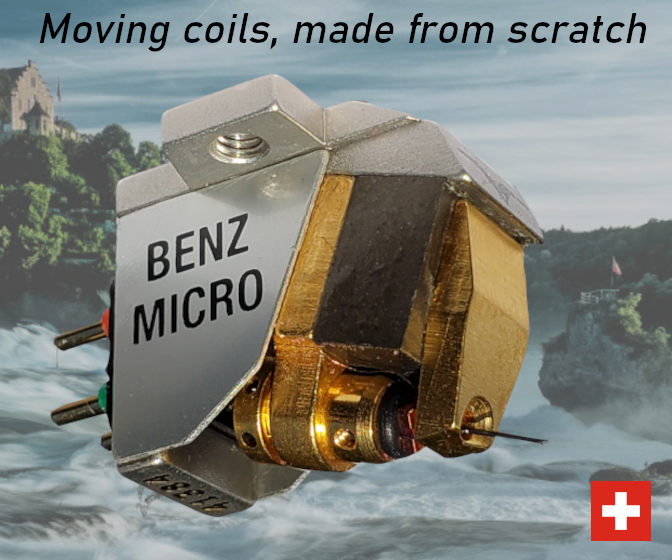

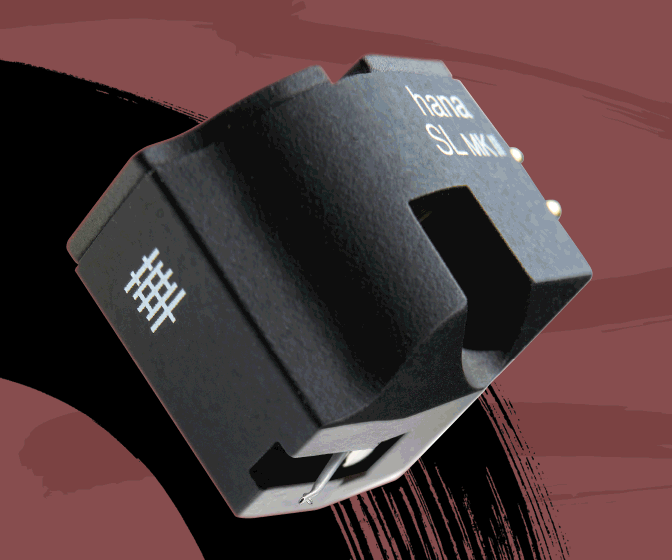

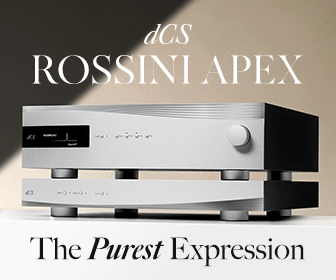
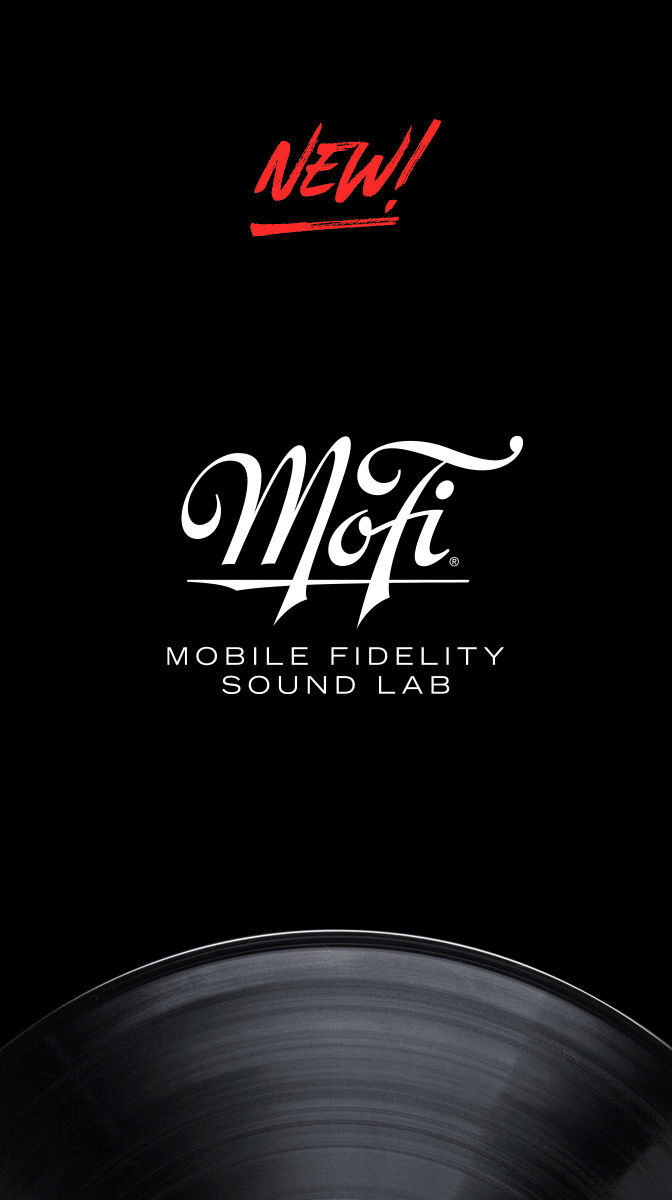

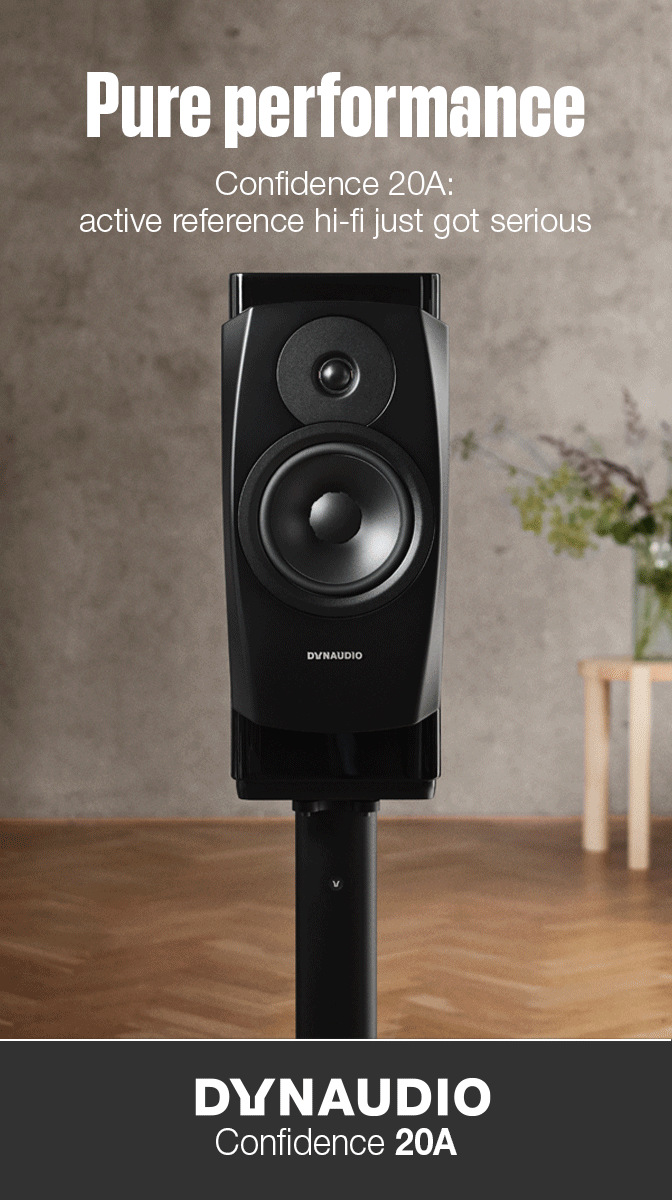



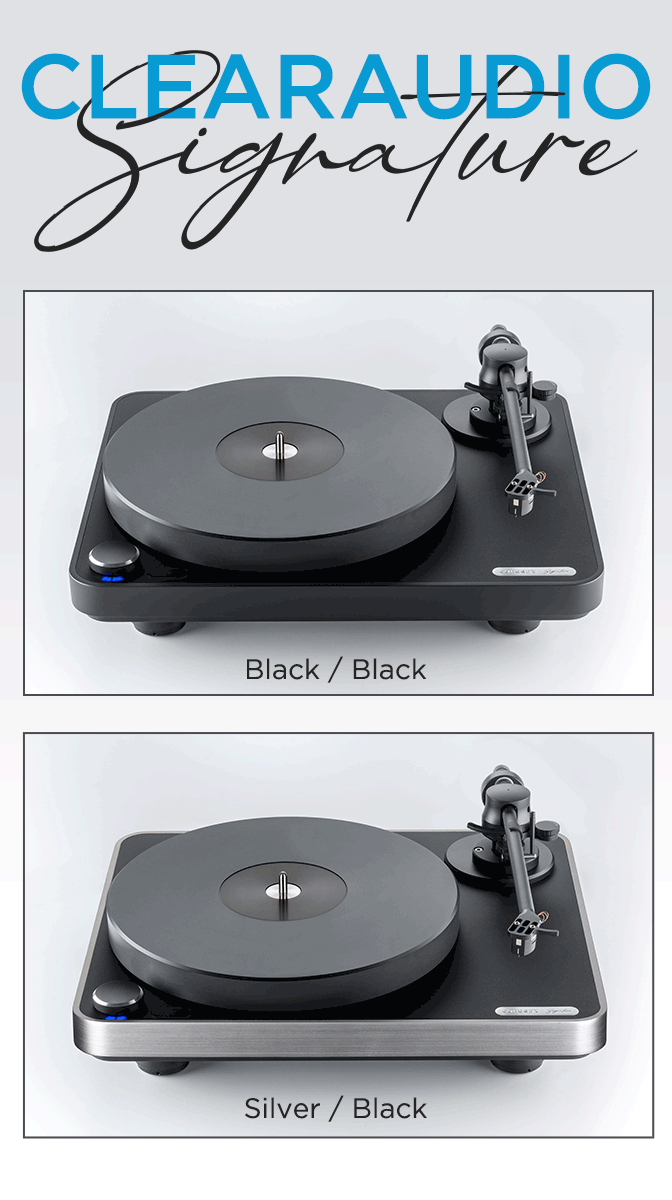
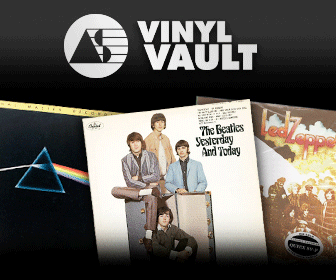
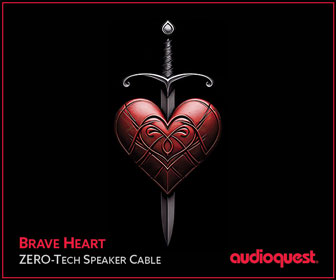
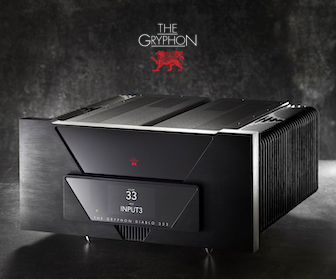
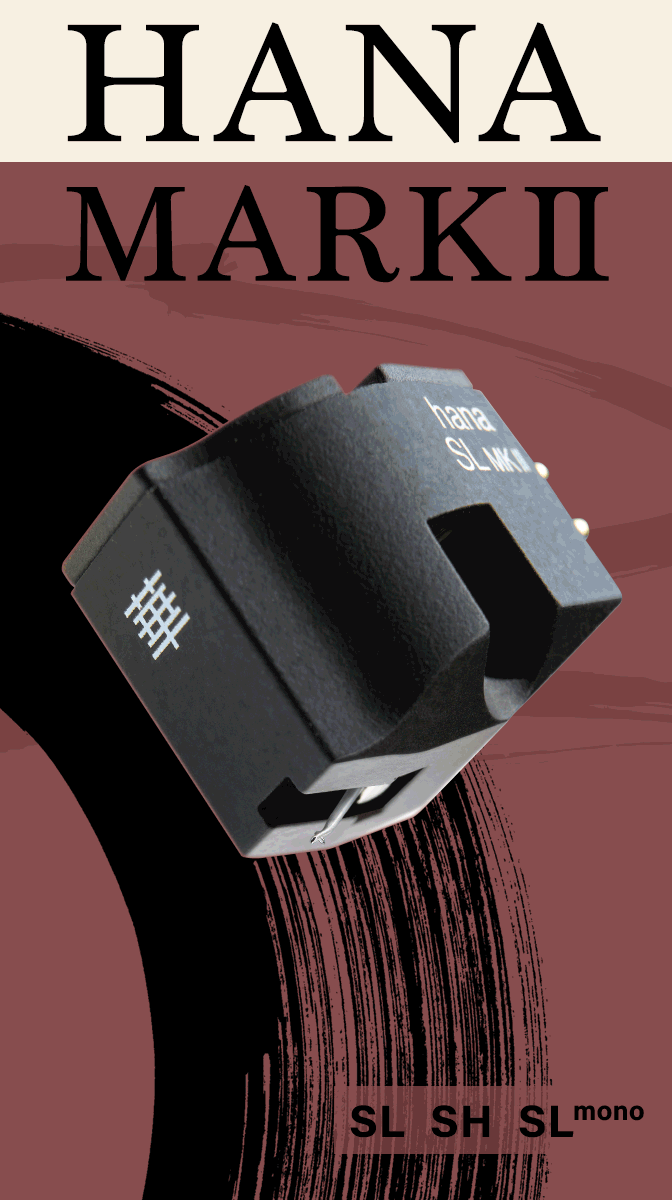


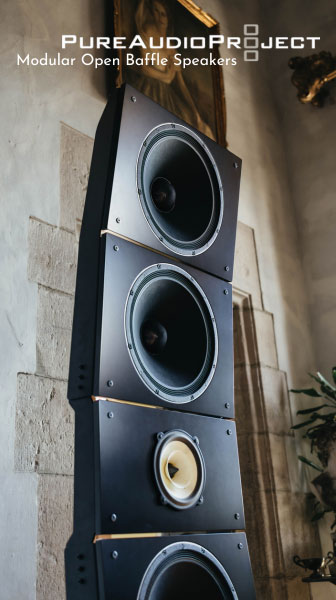






.png)








